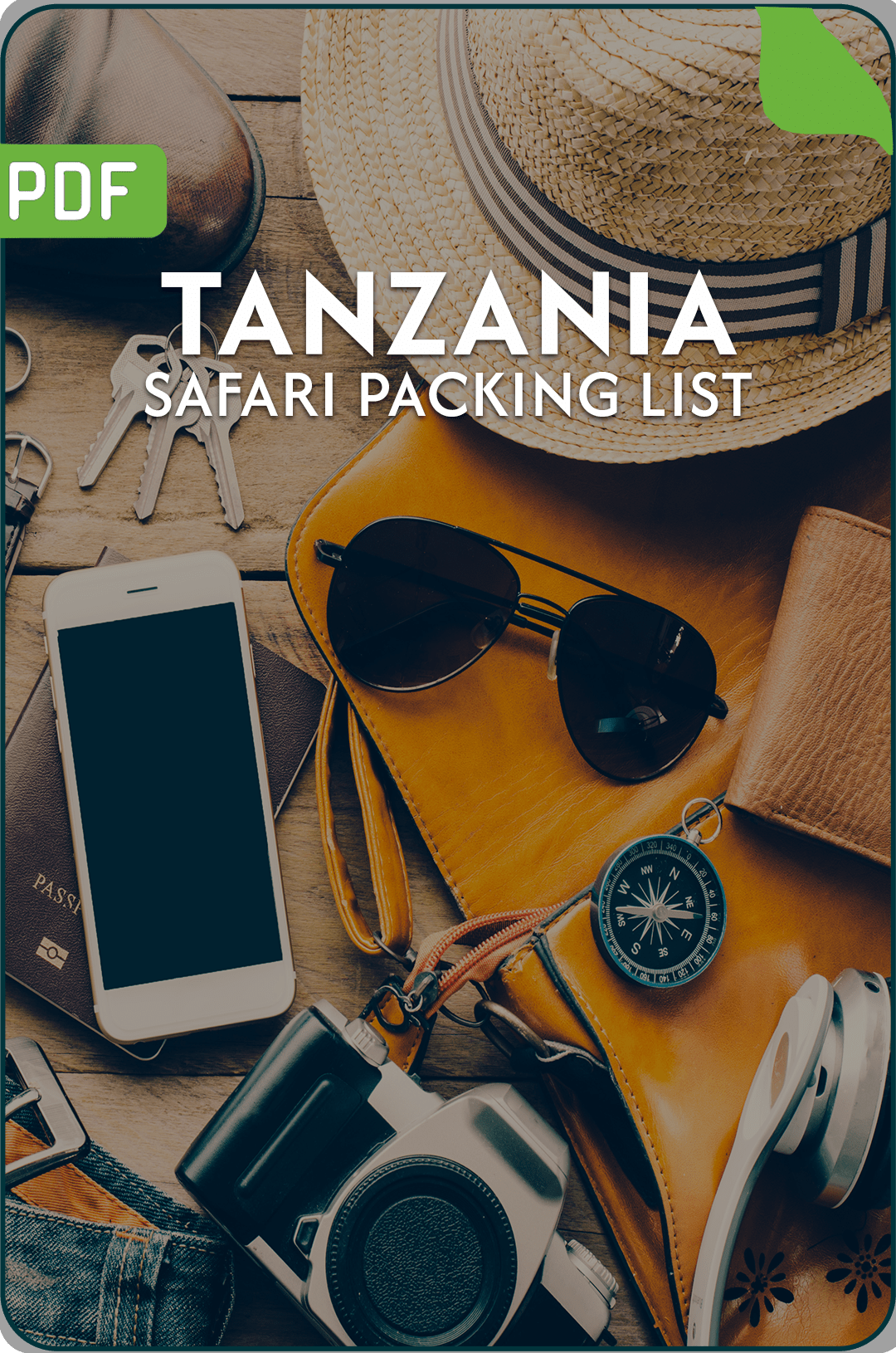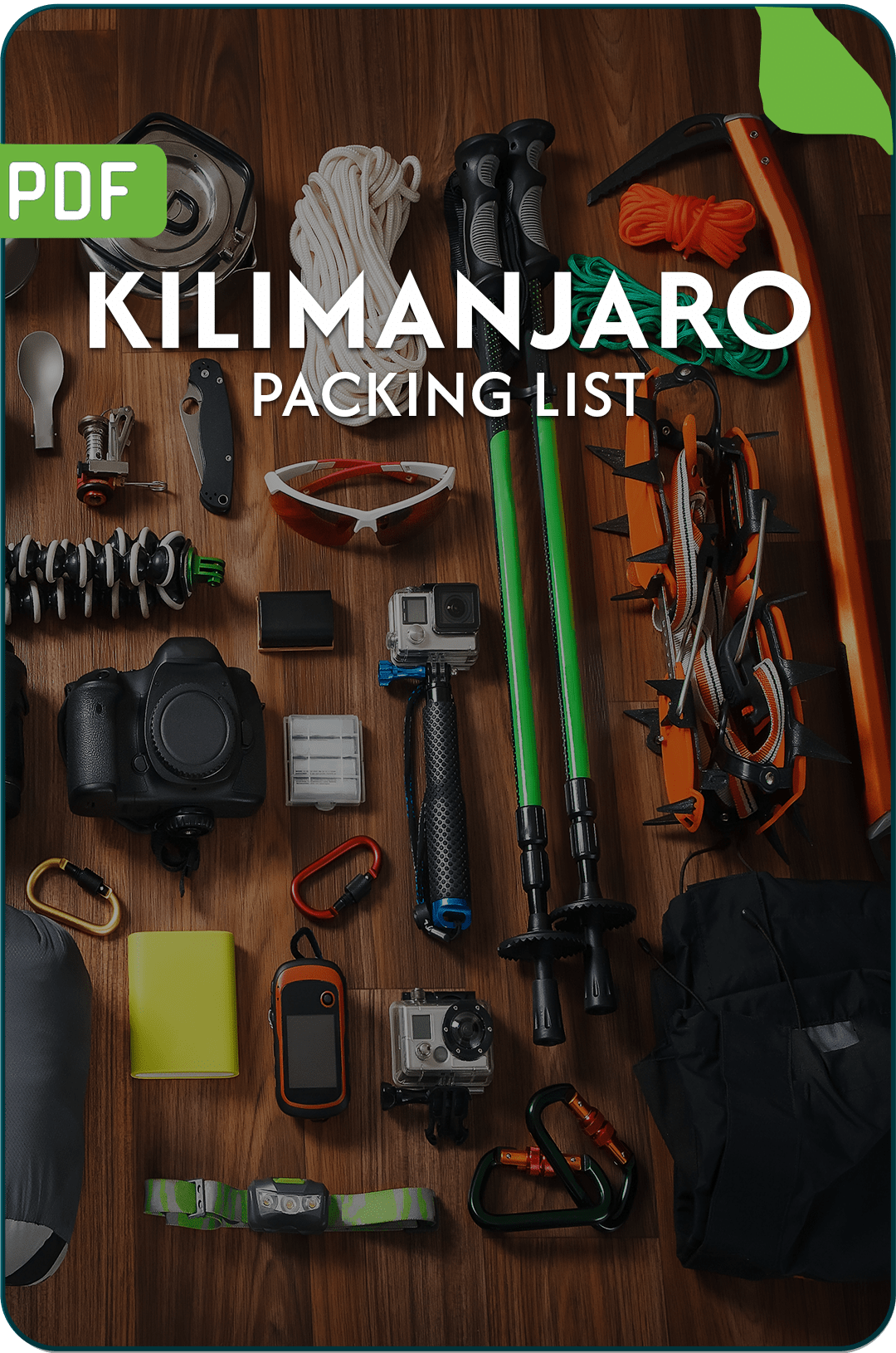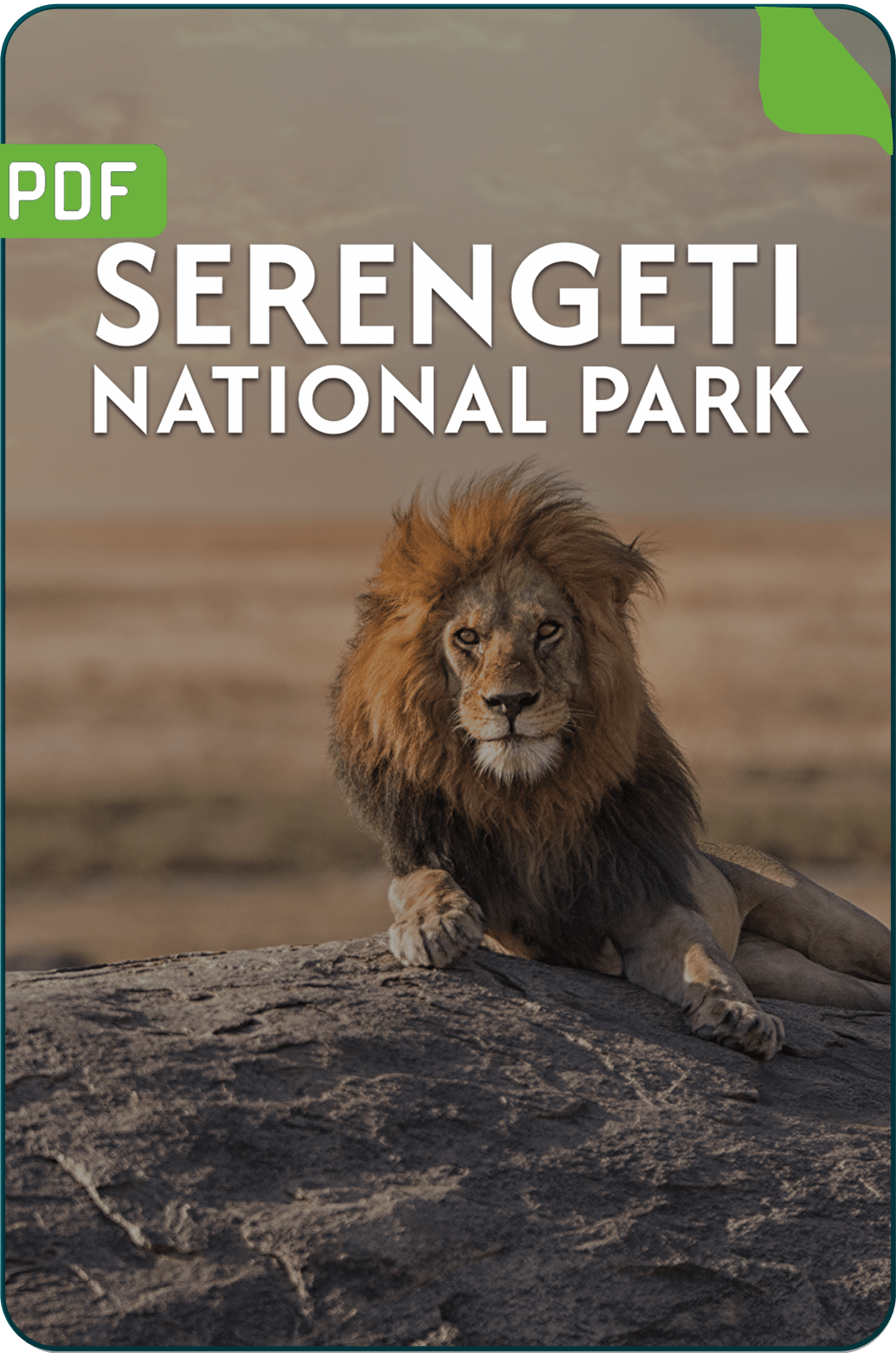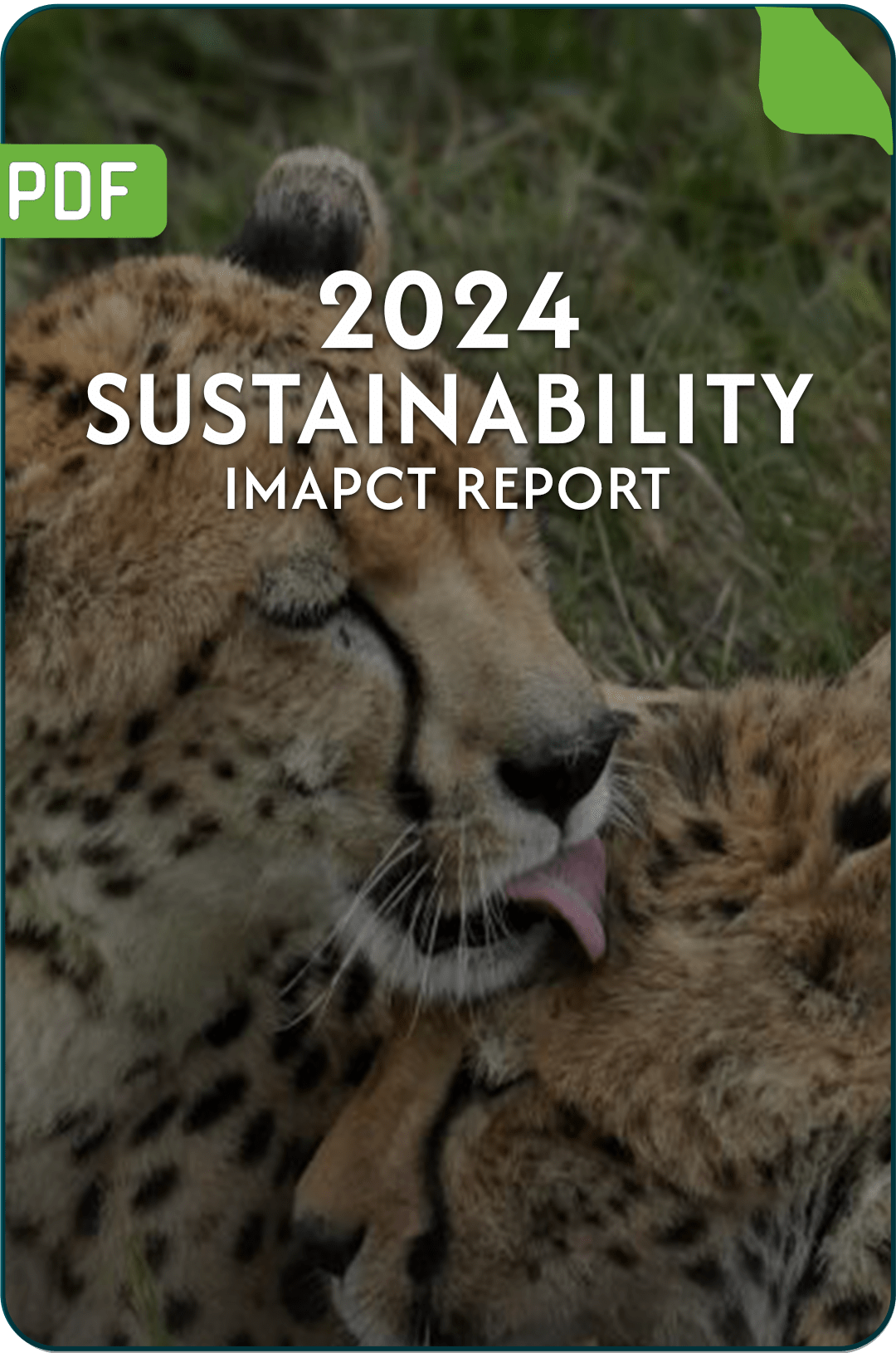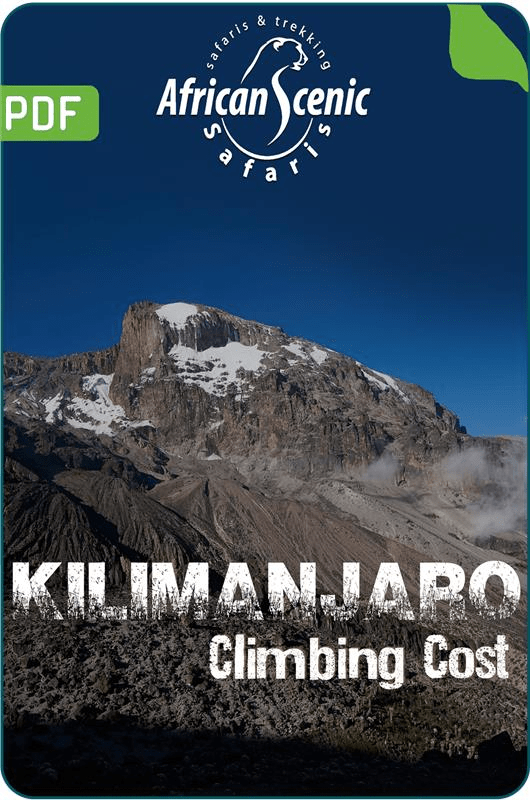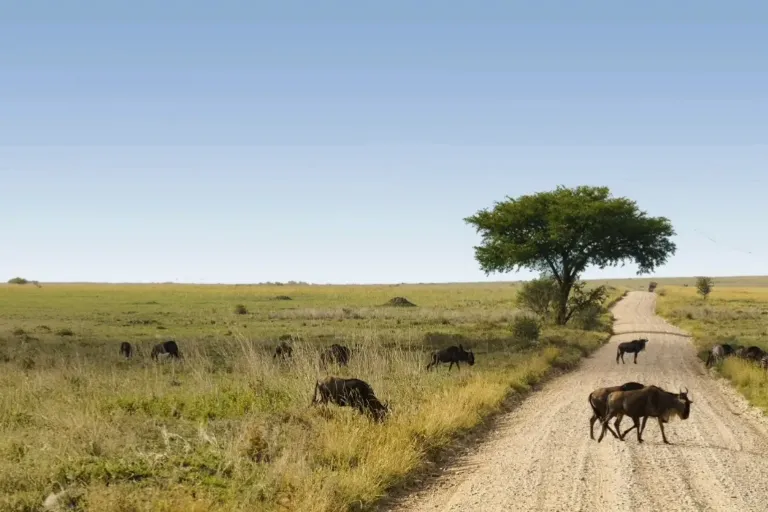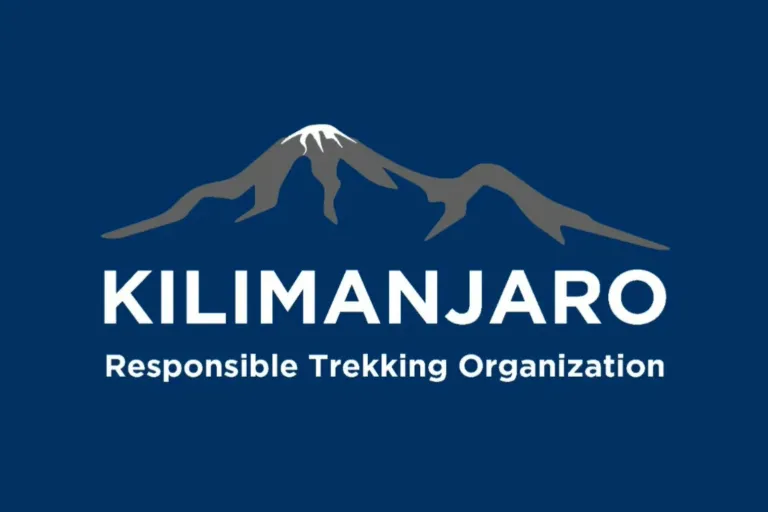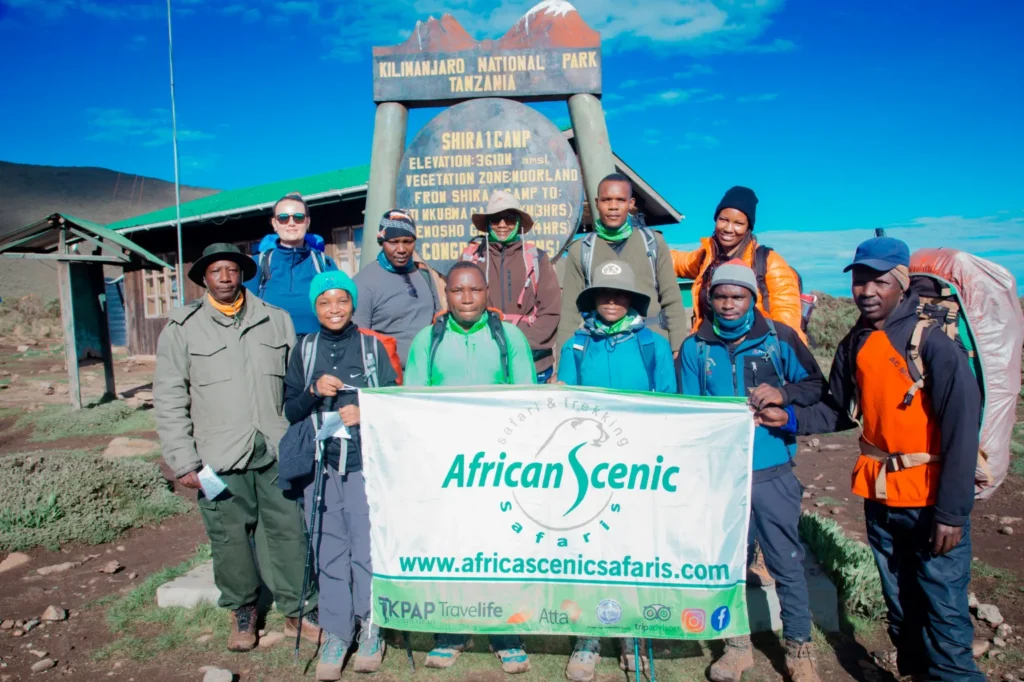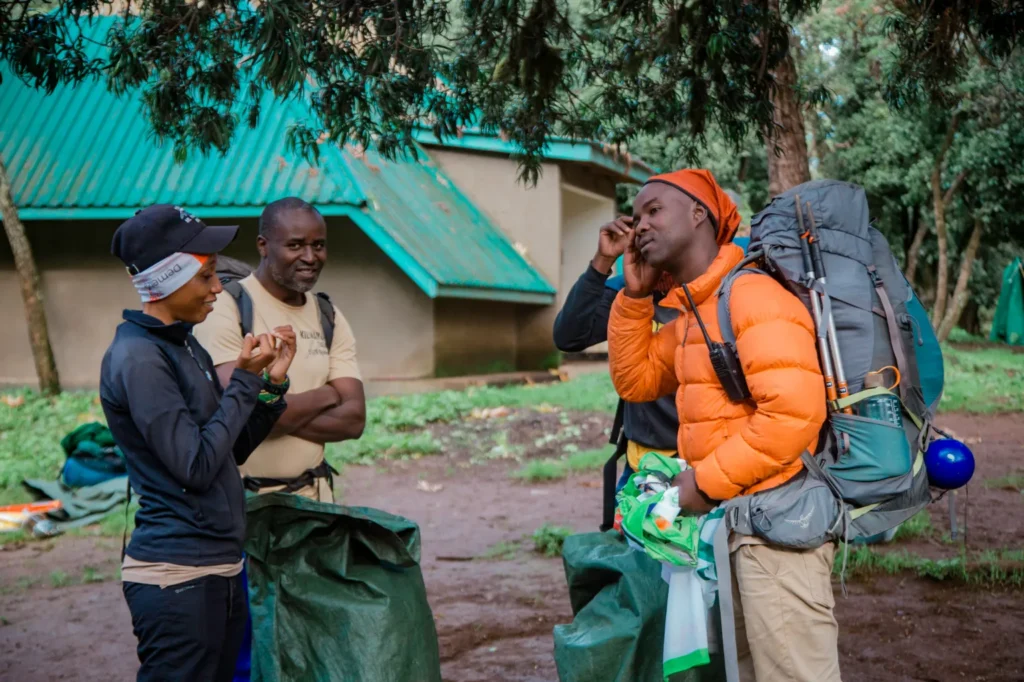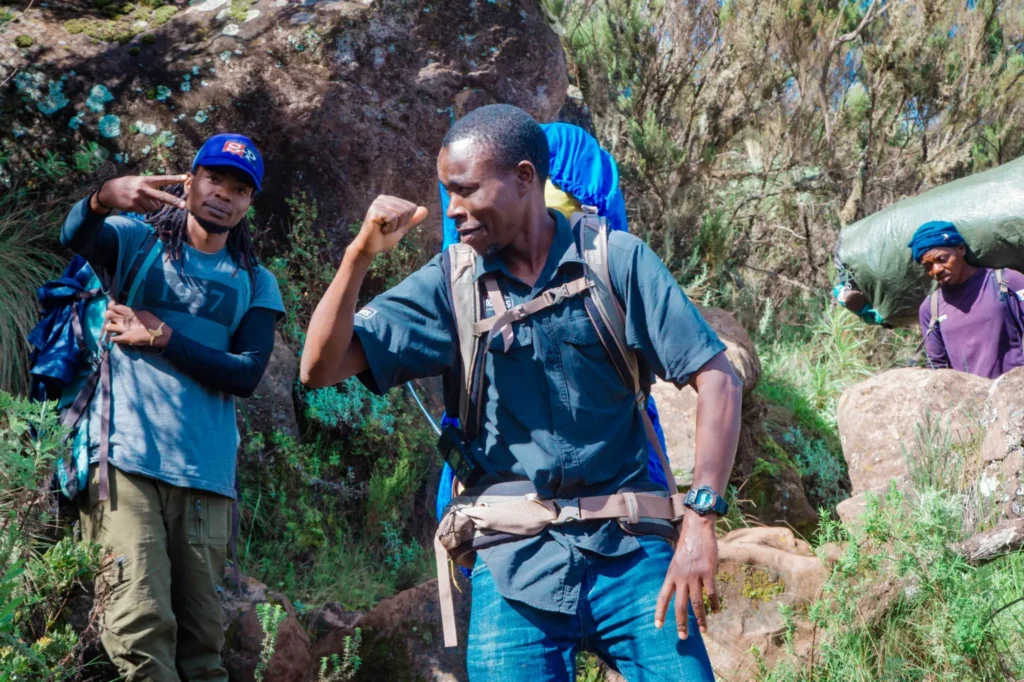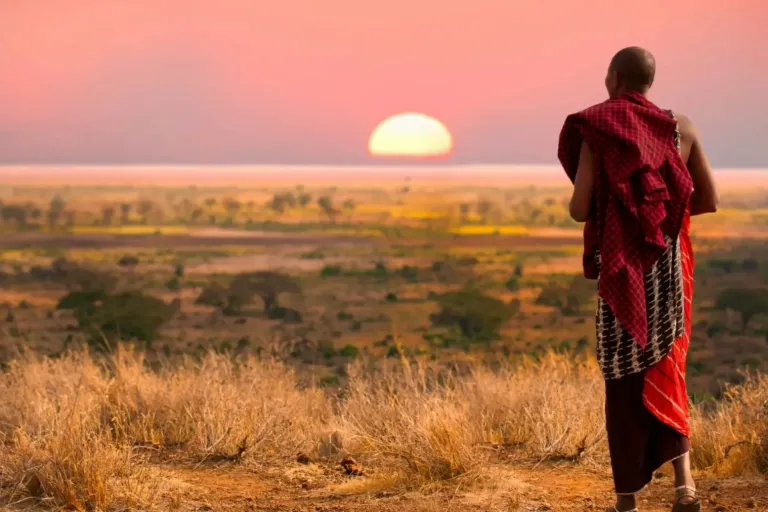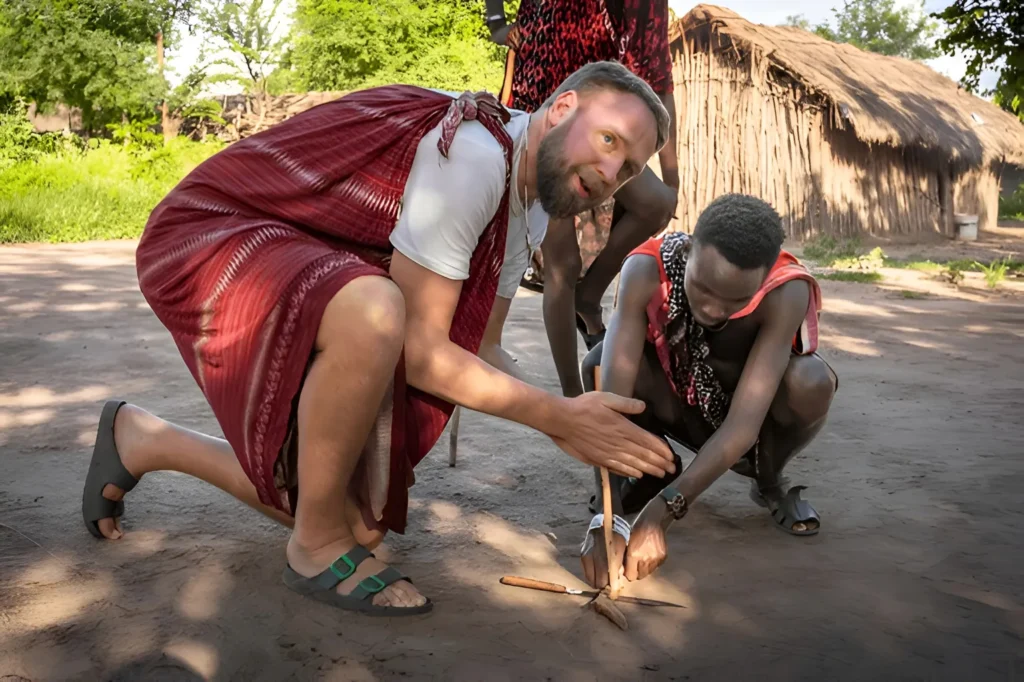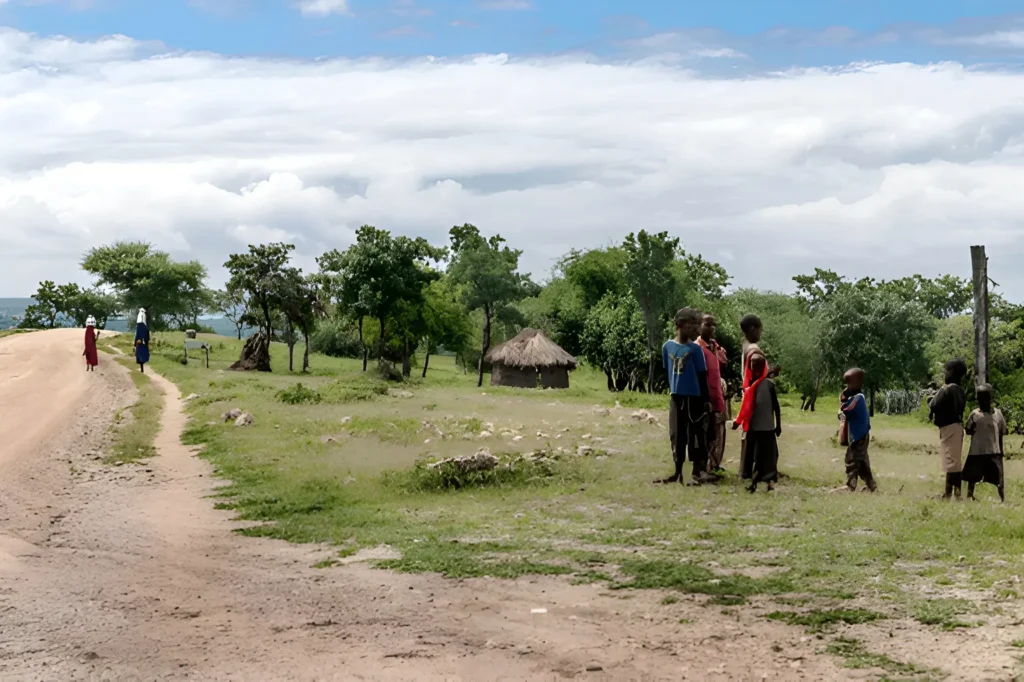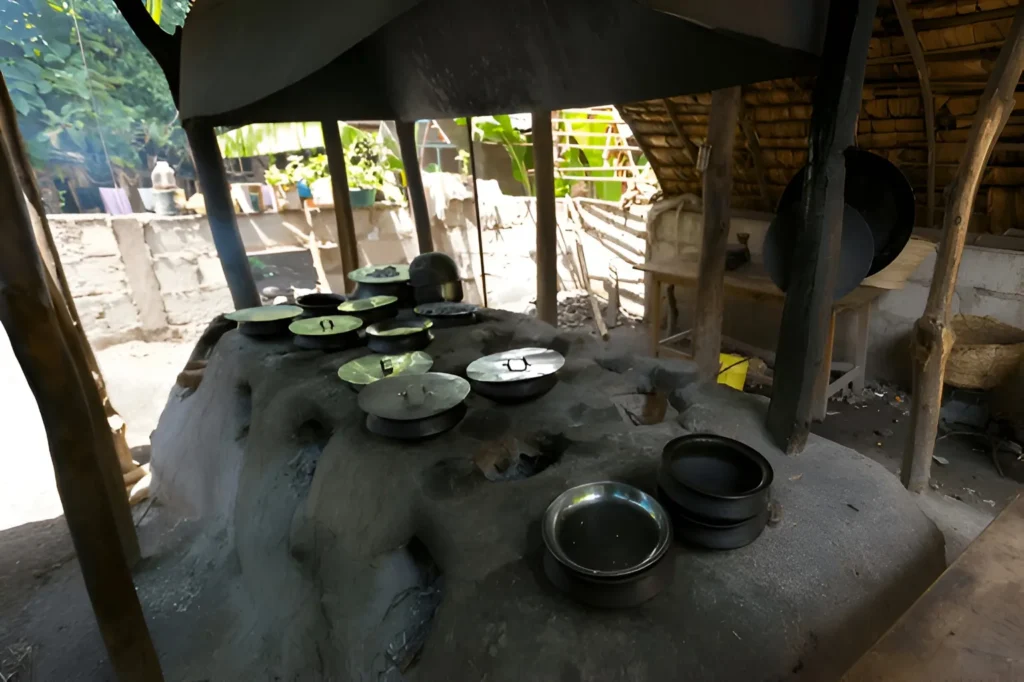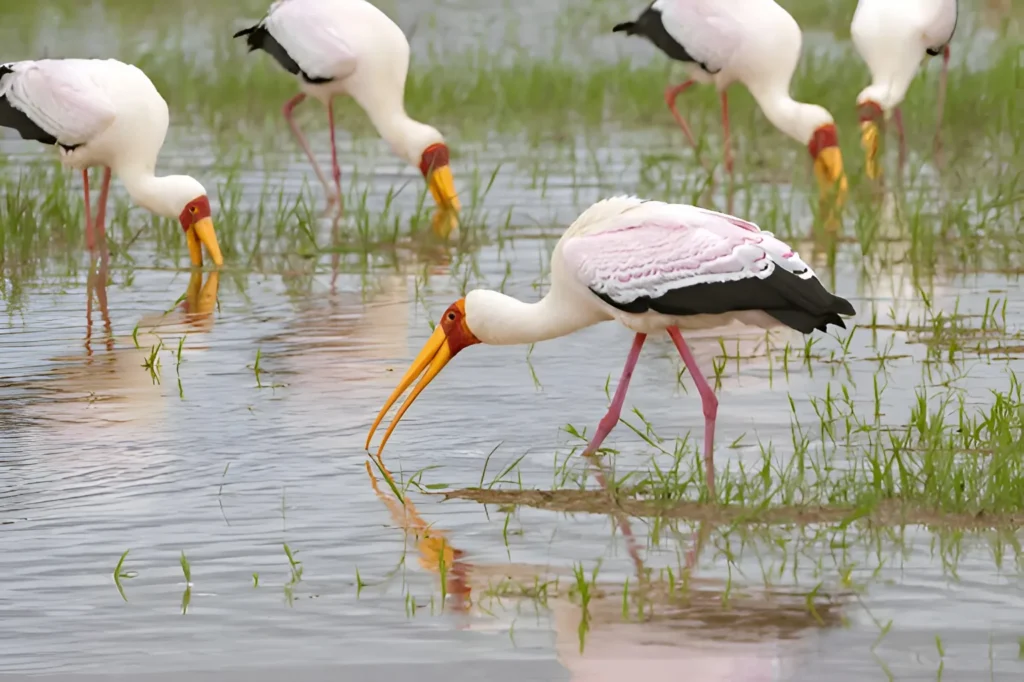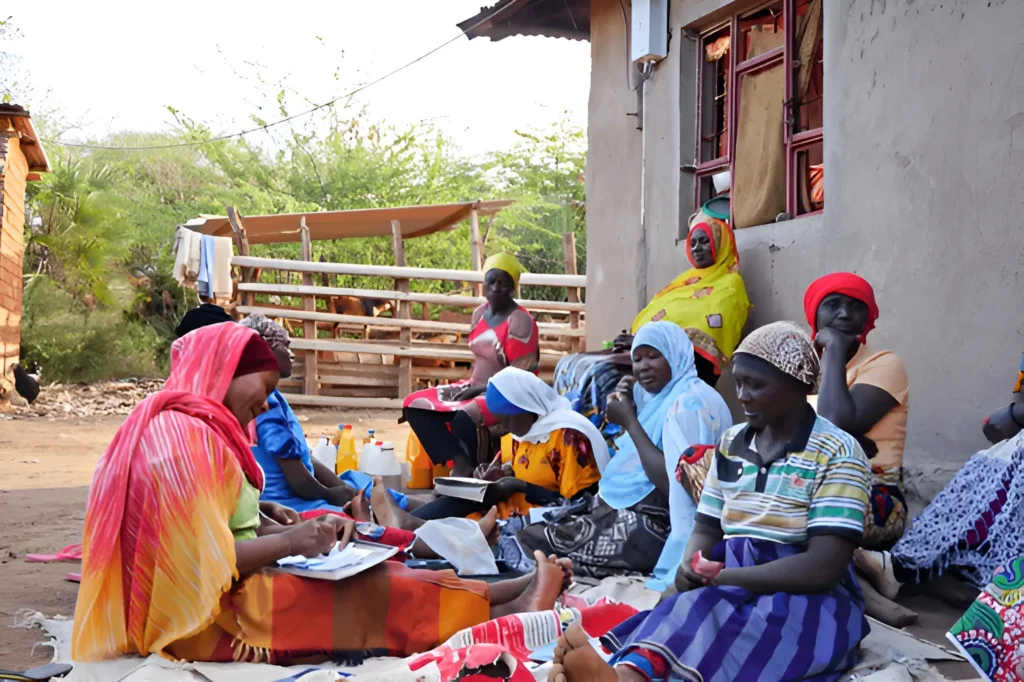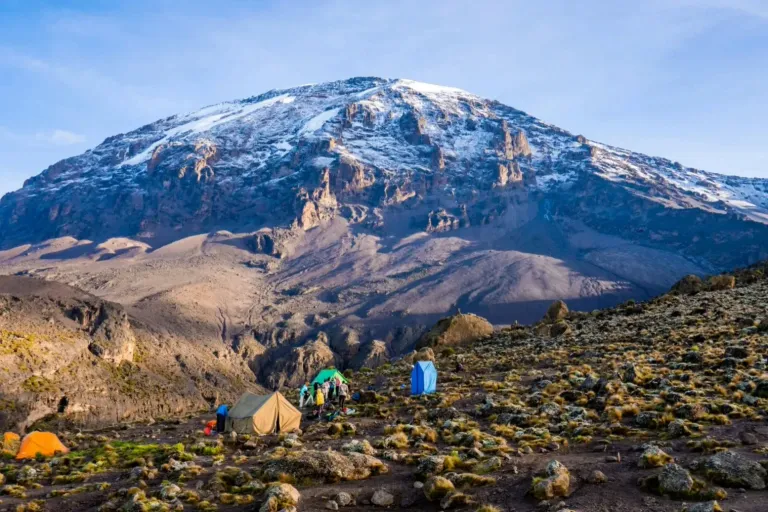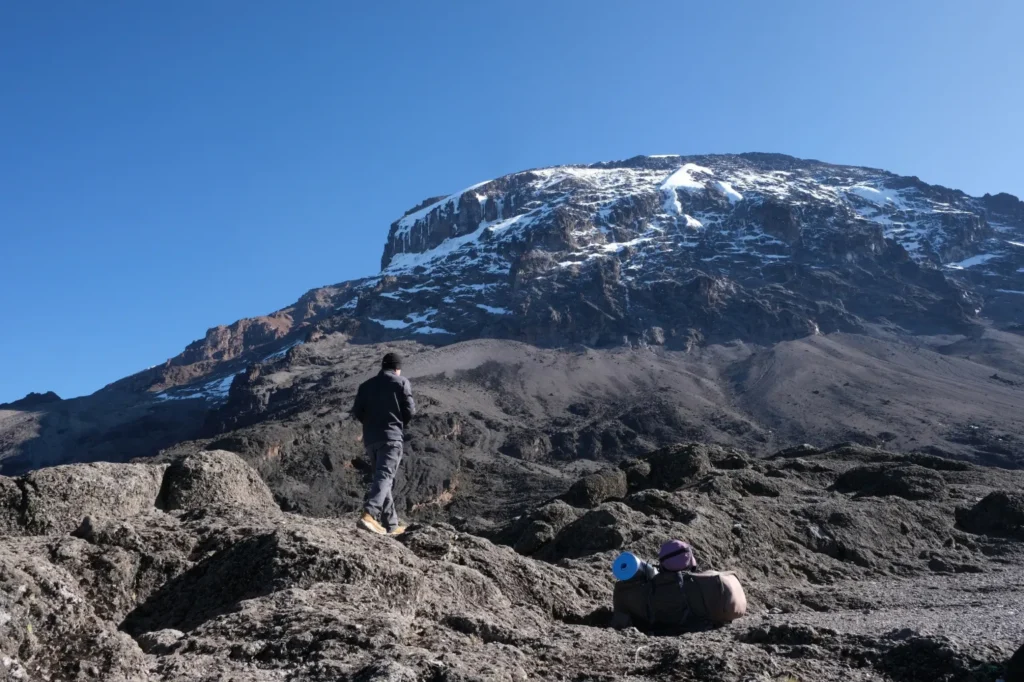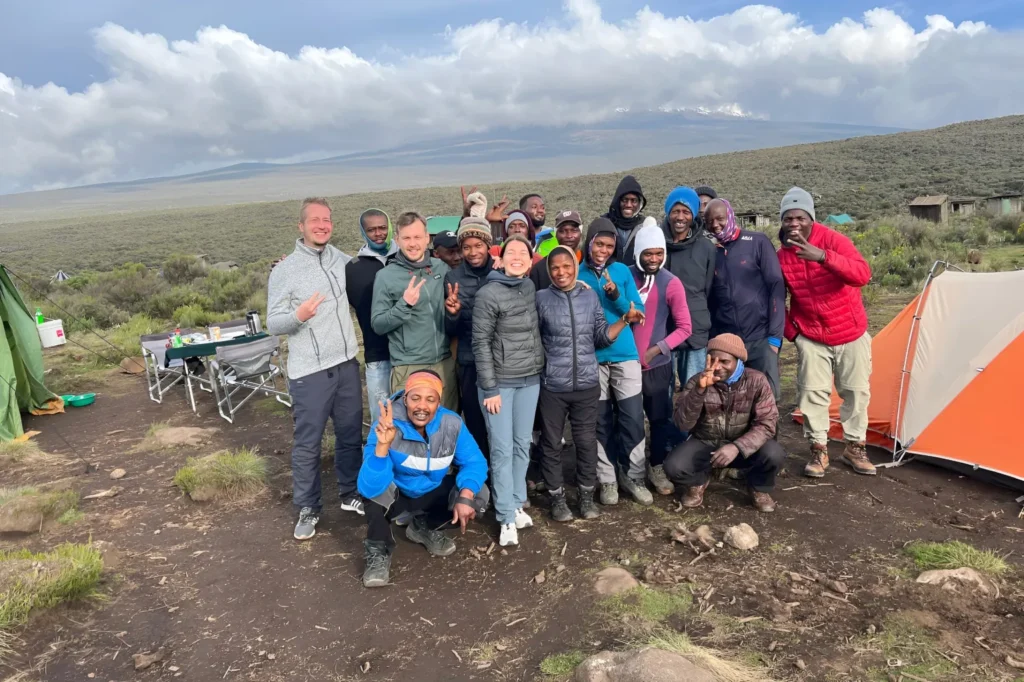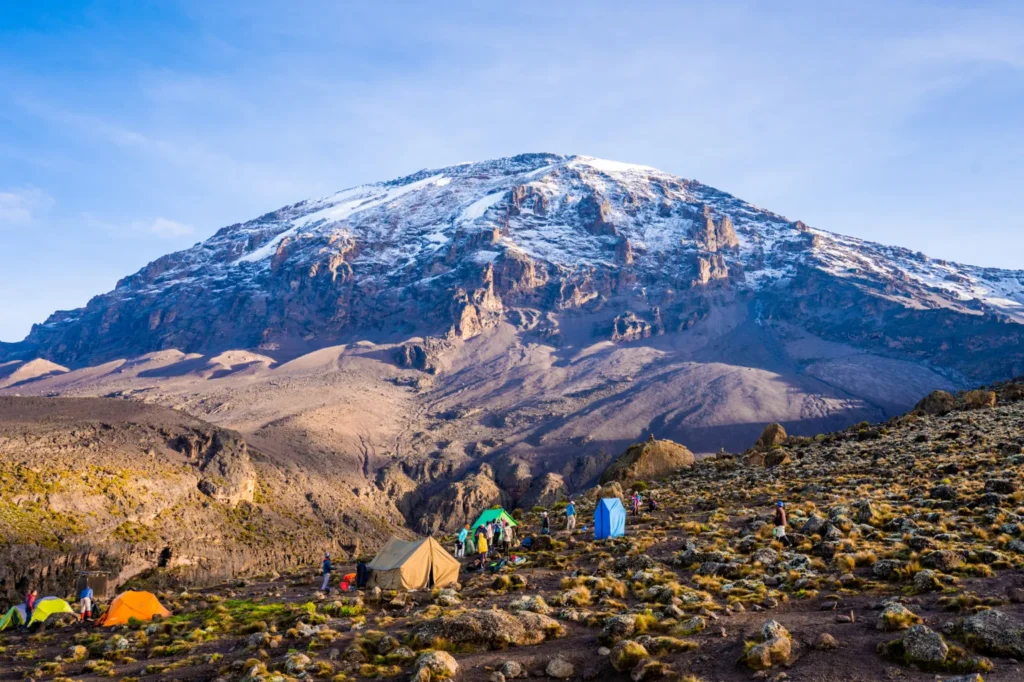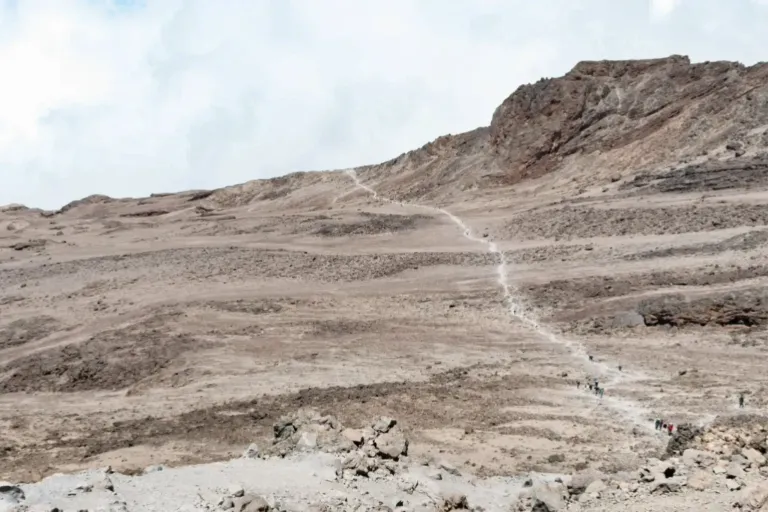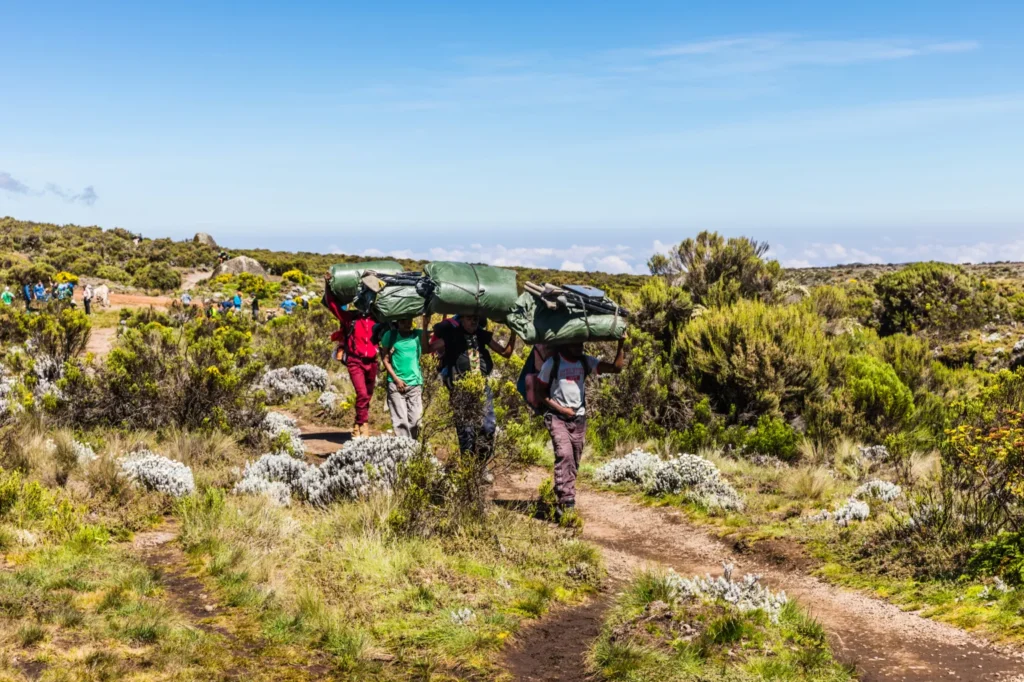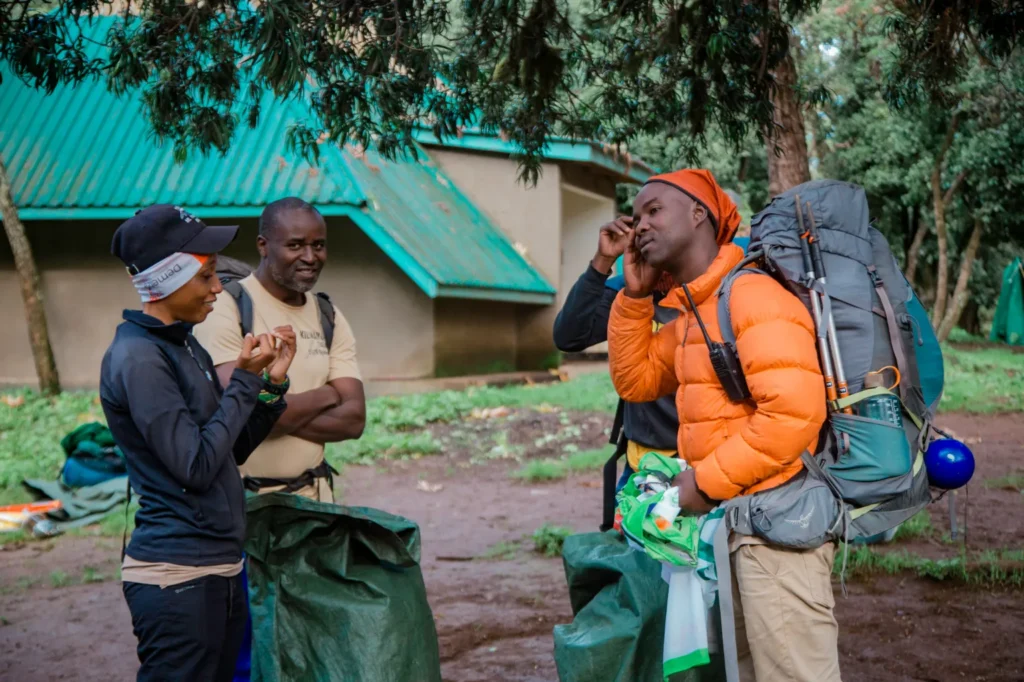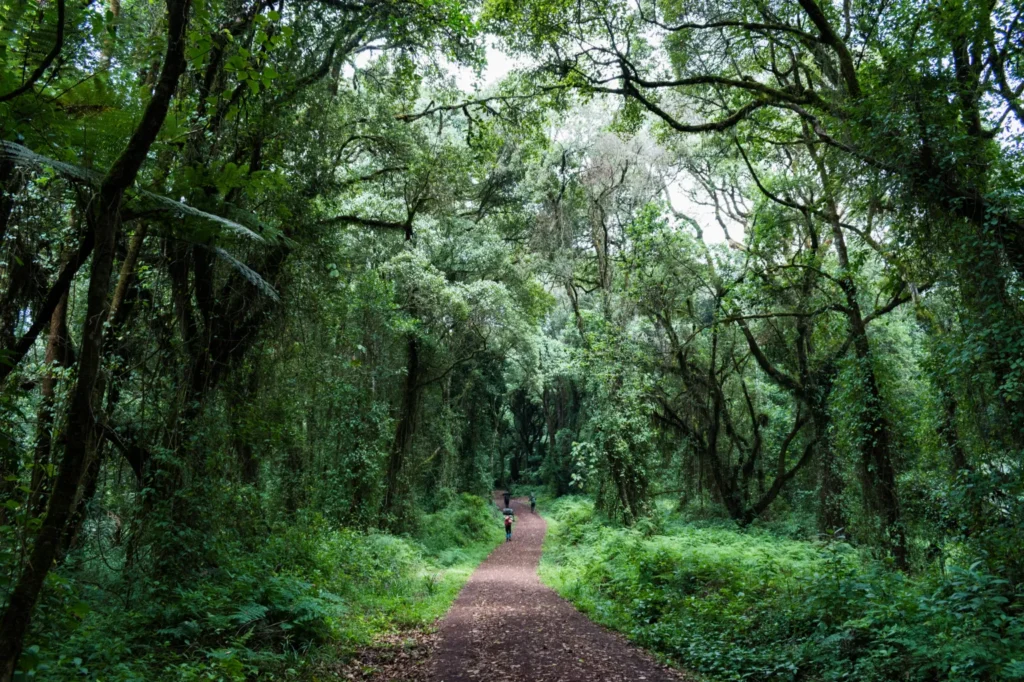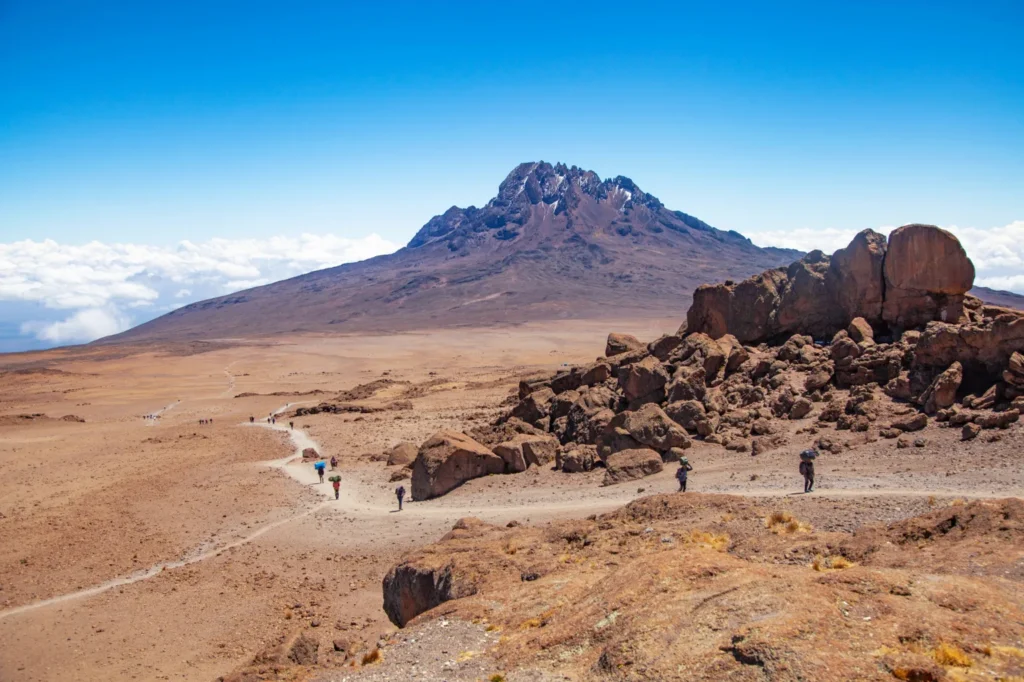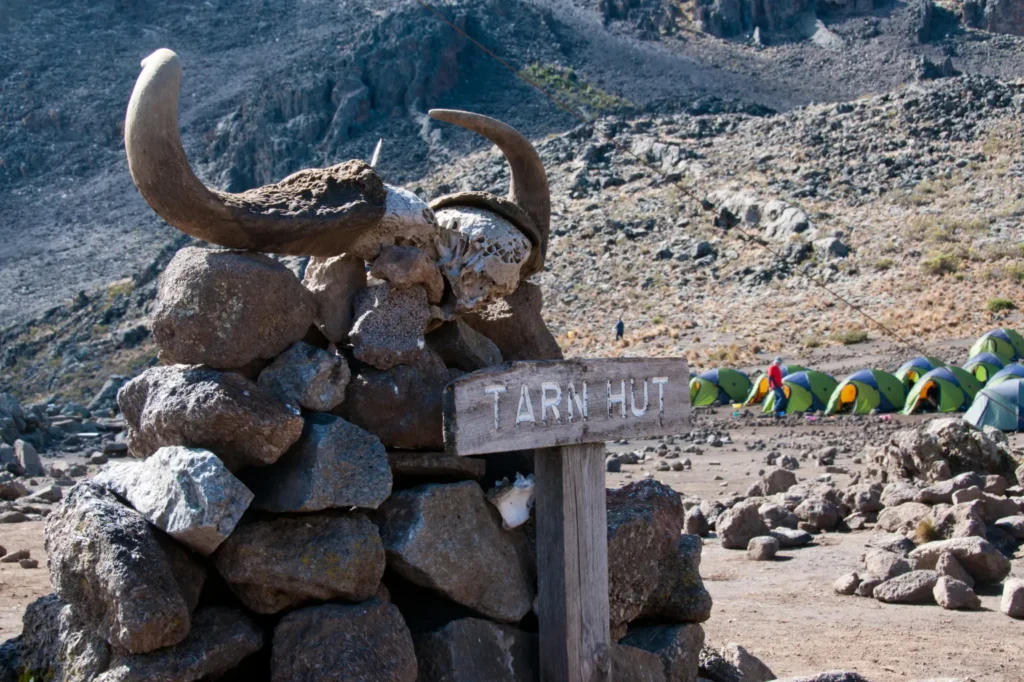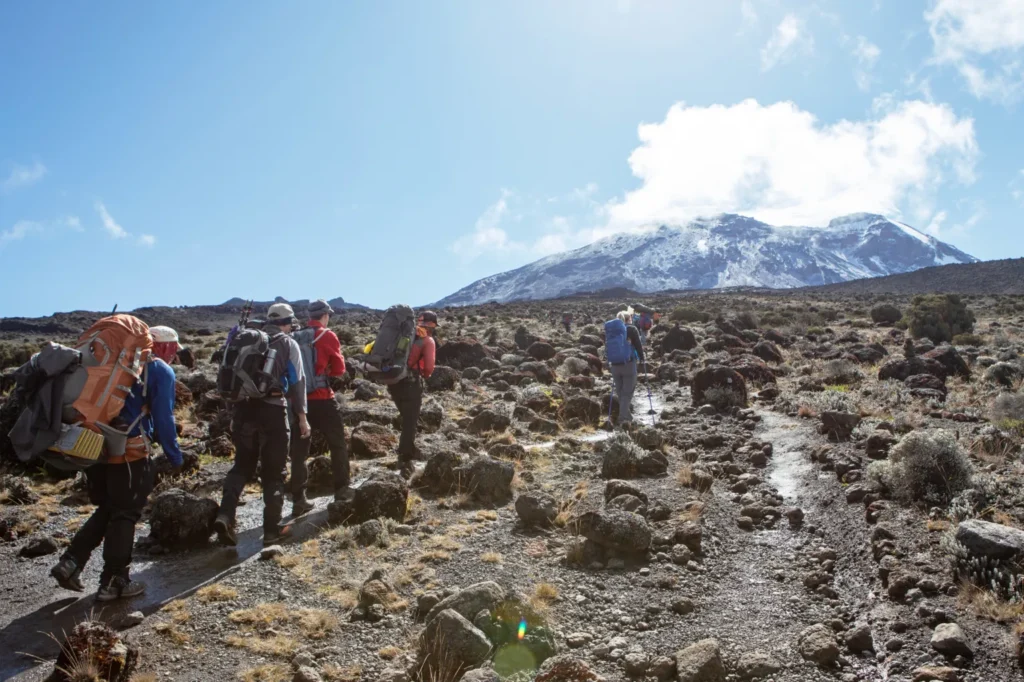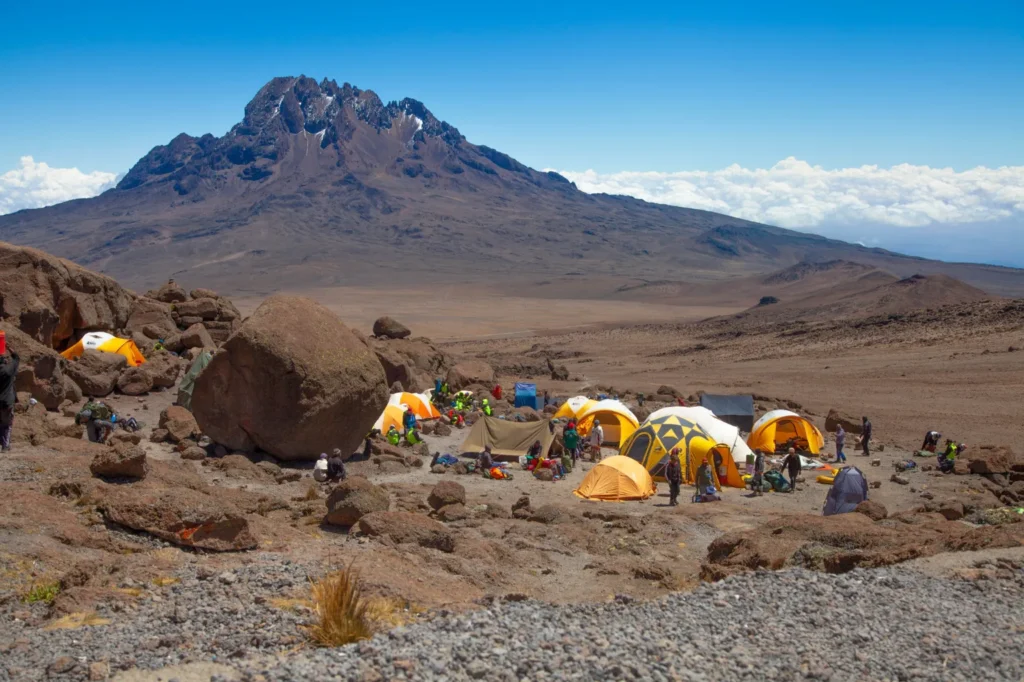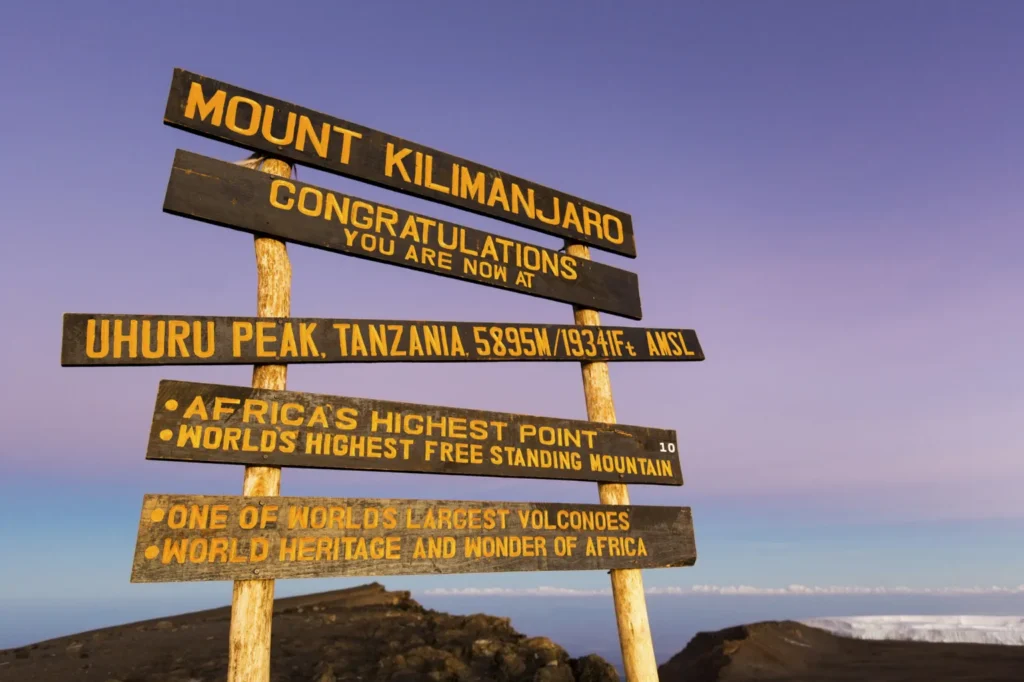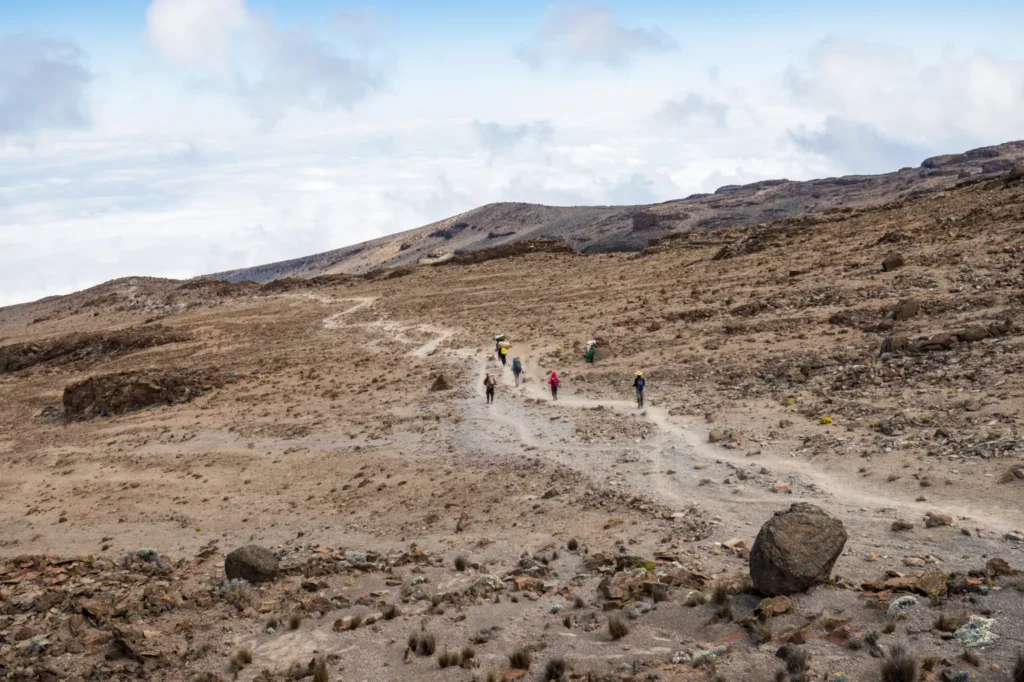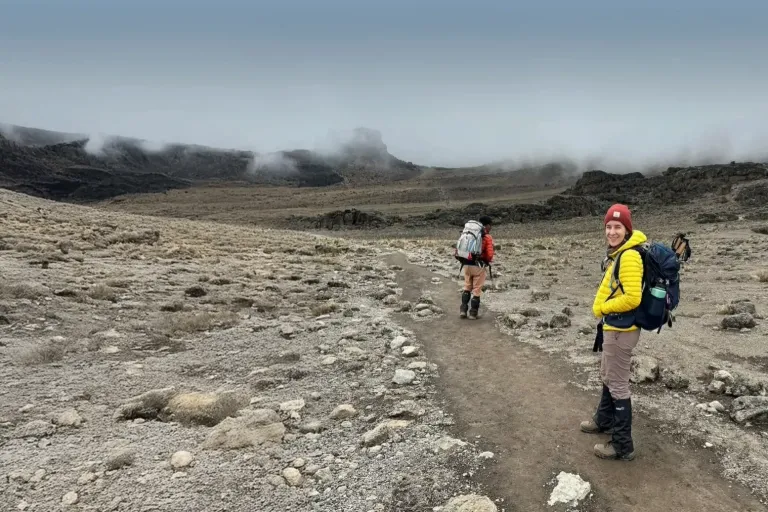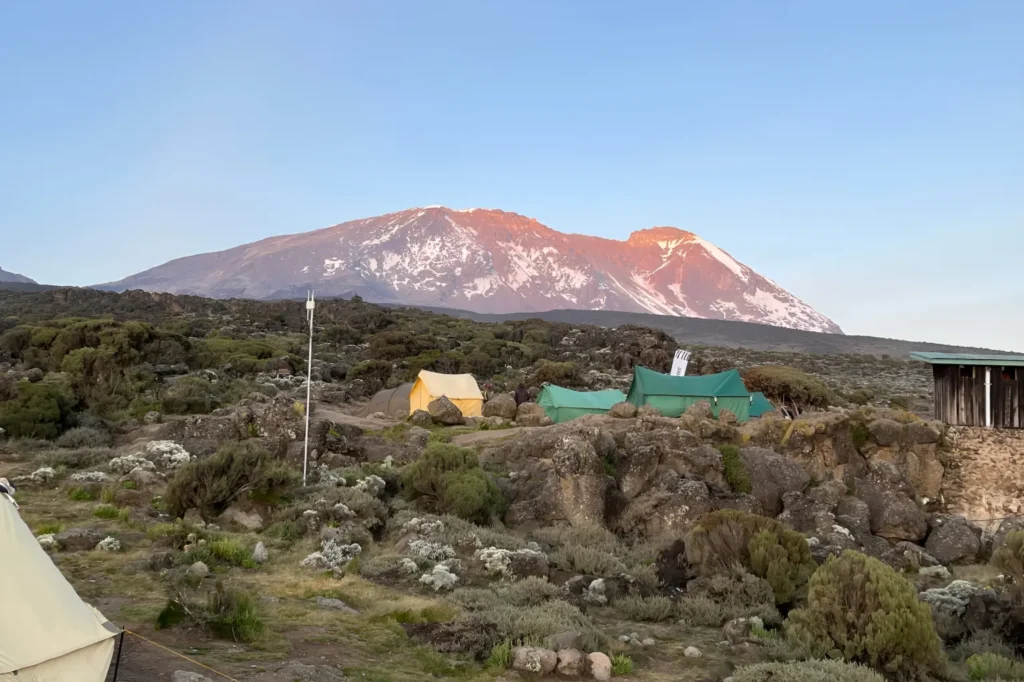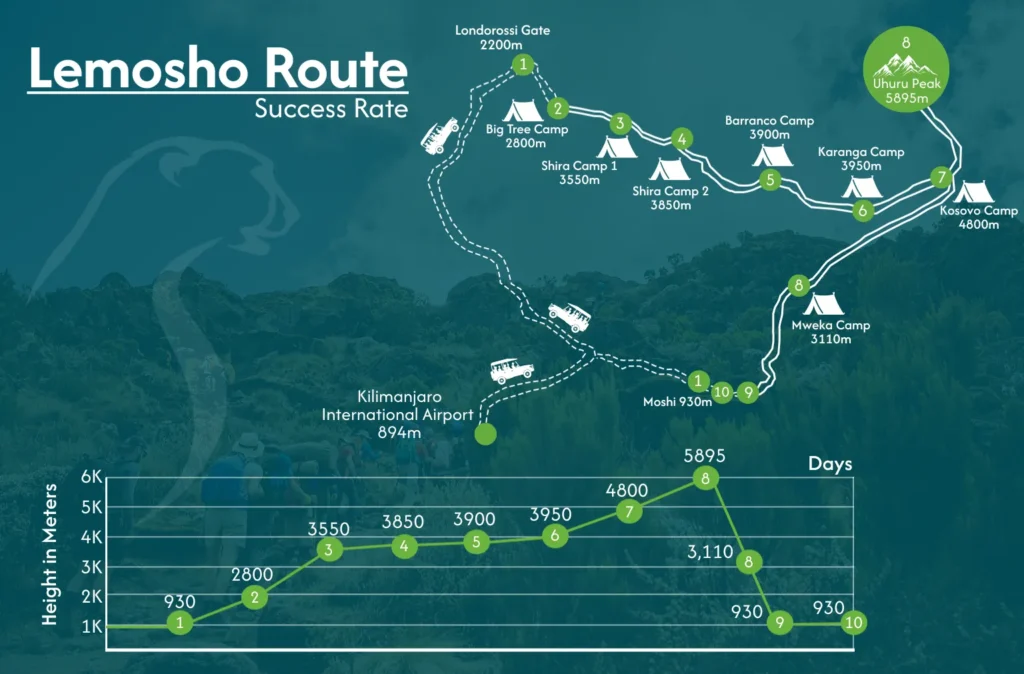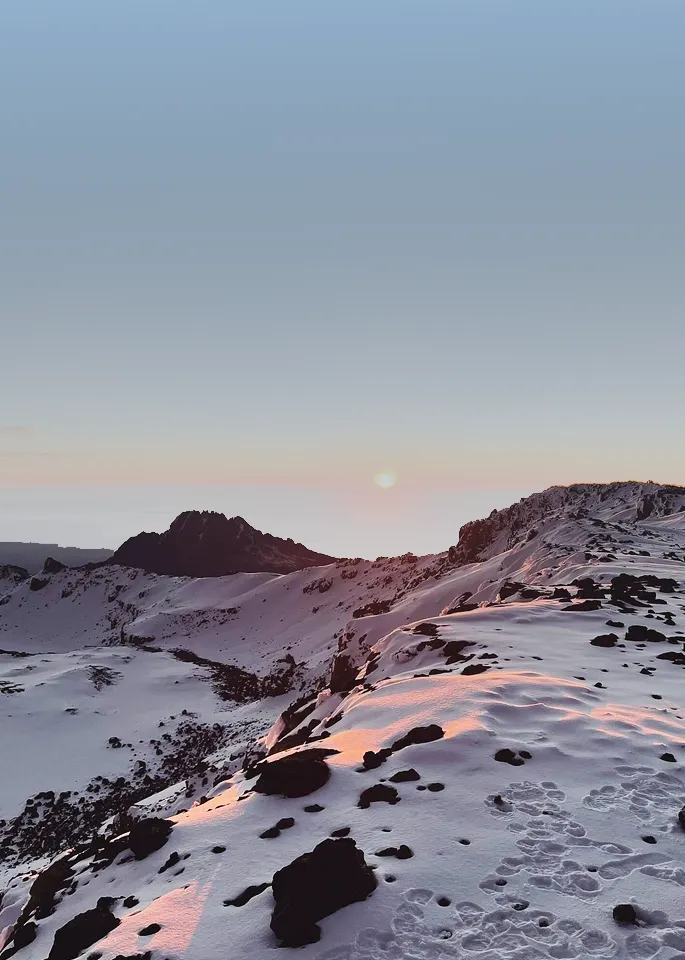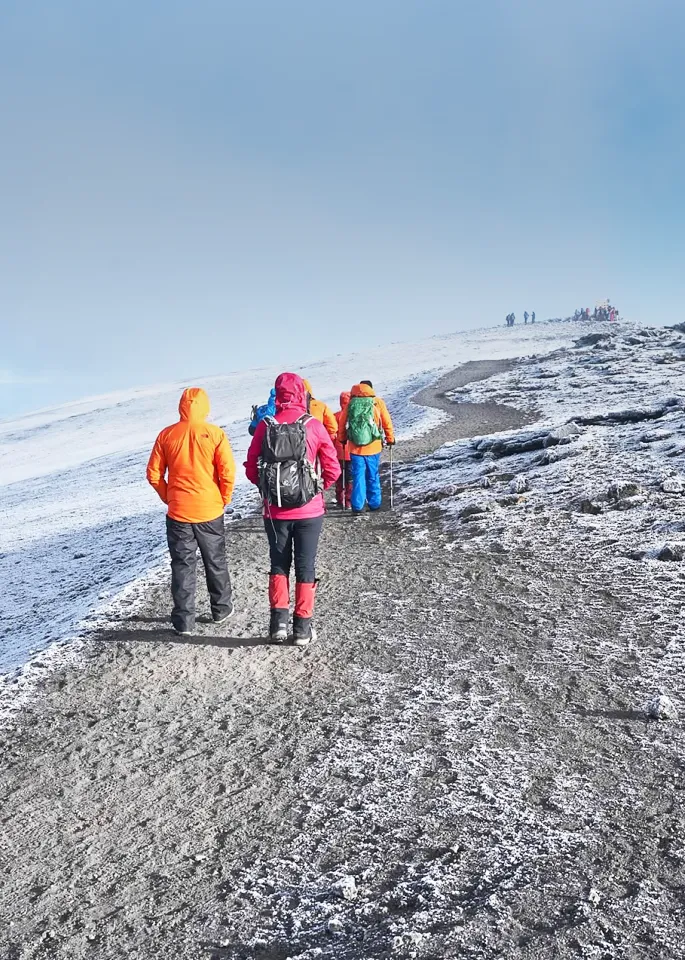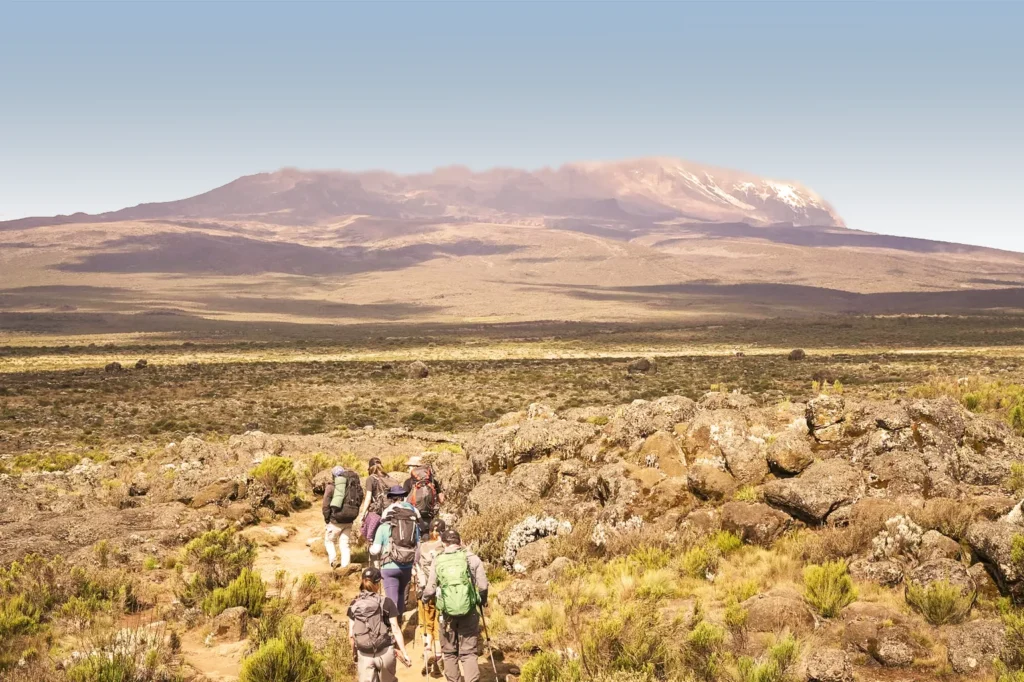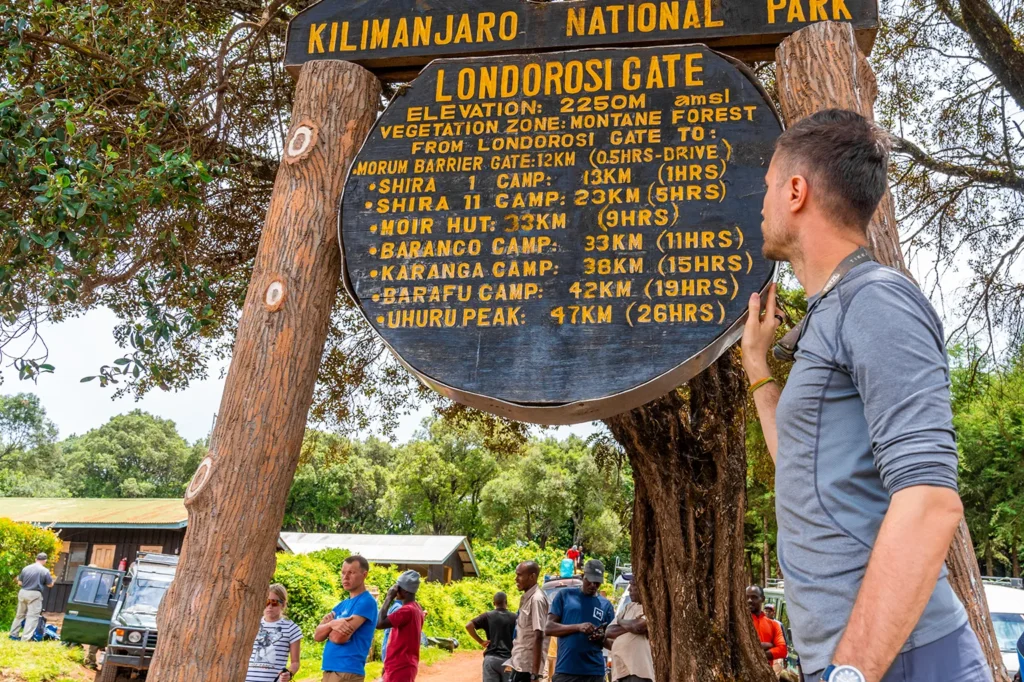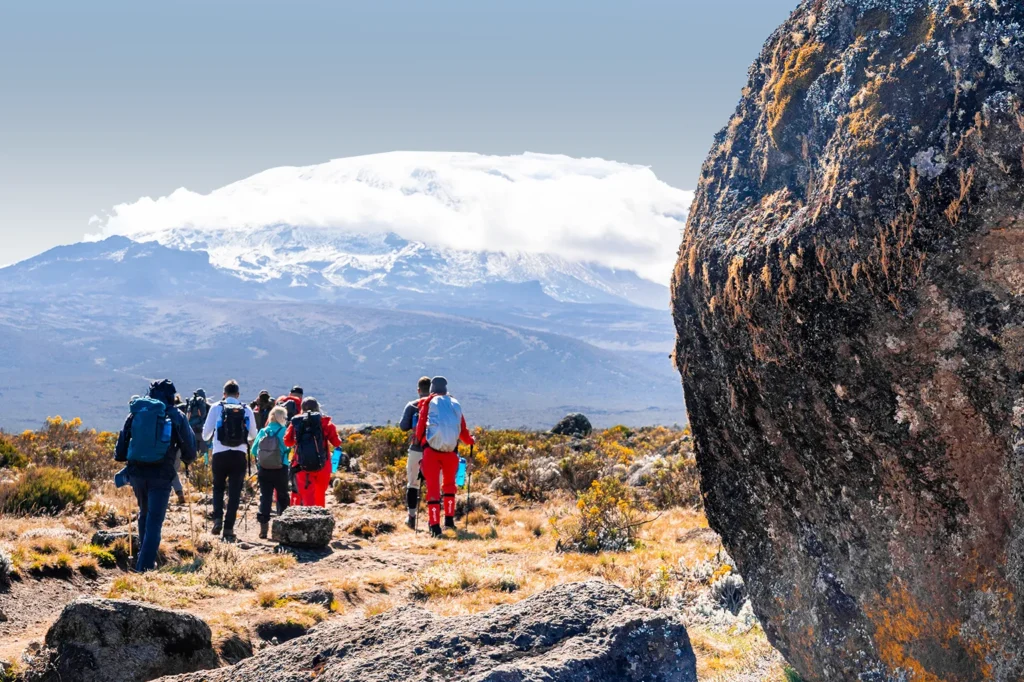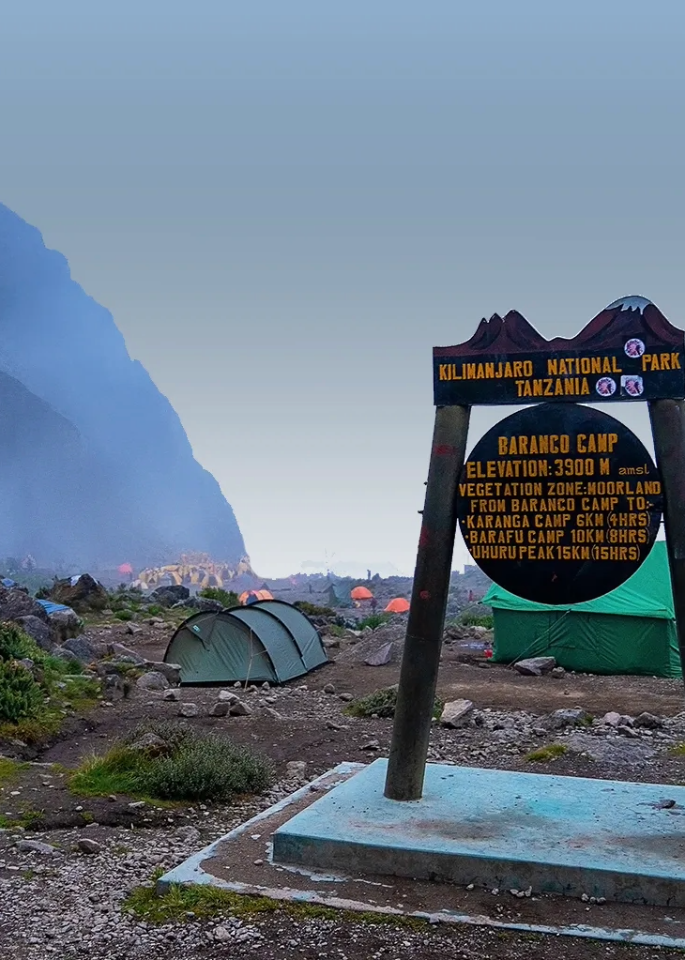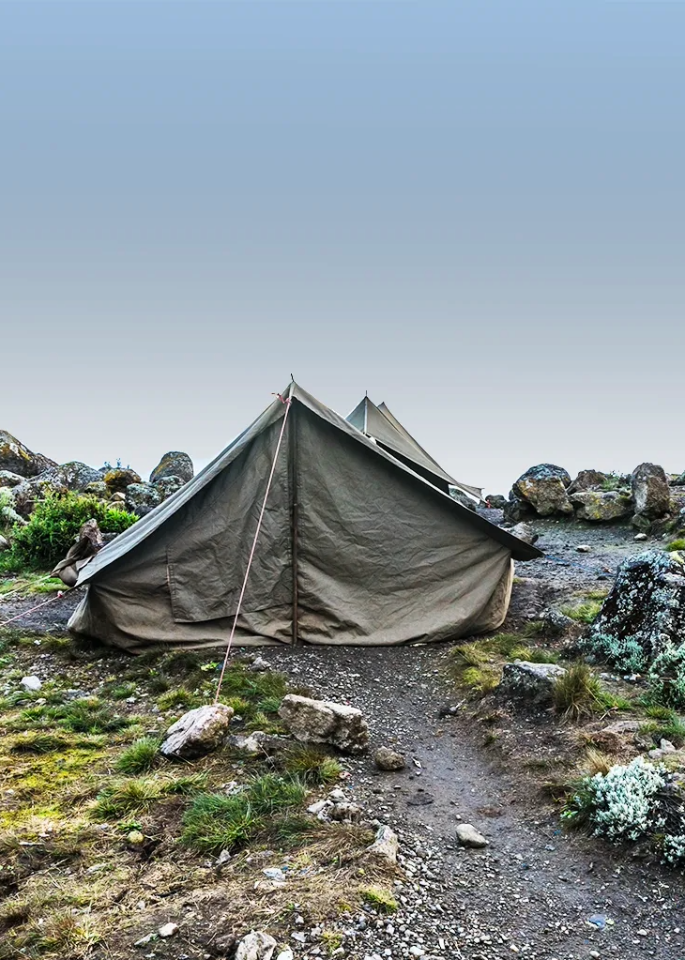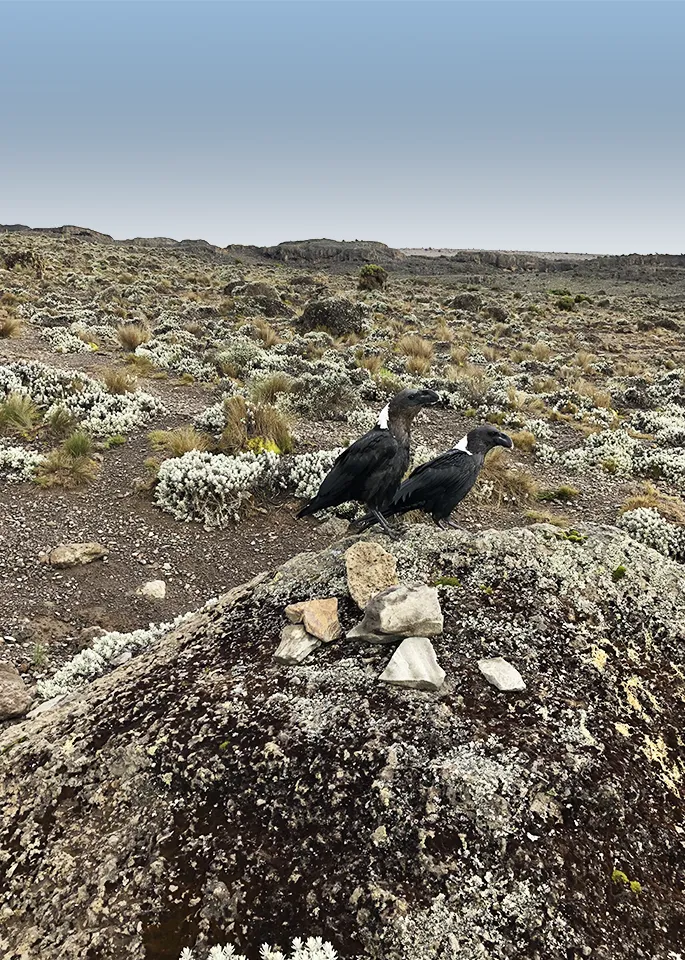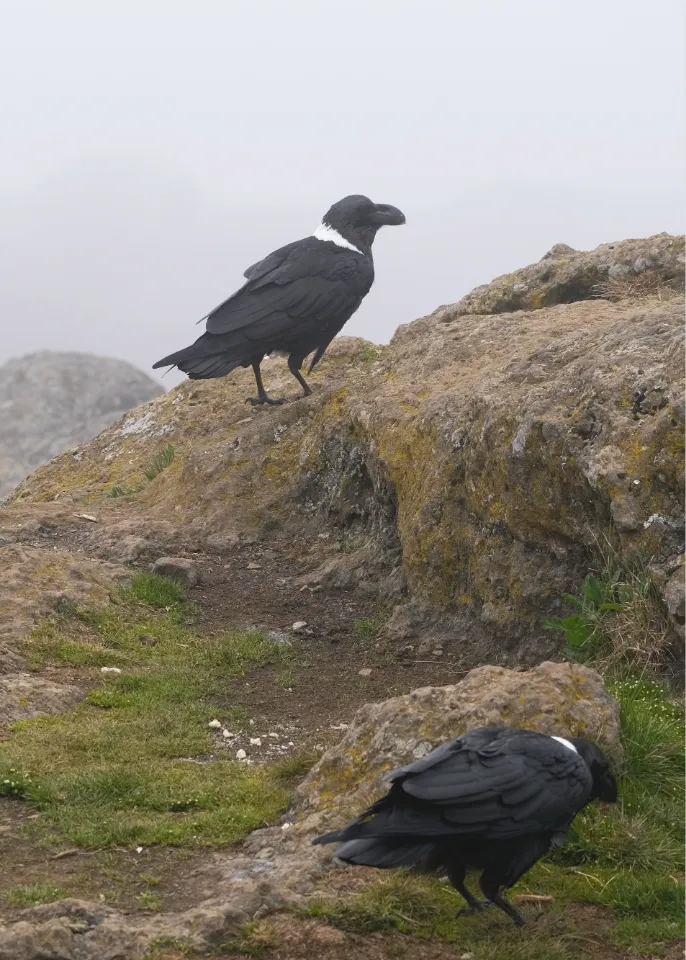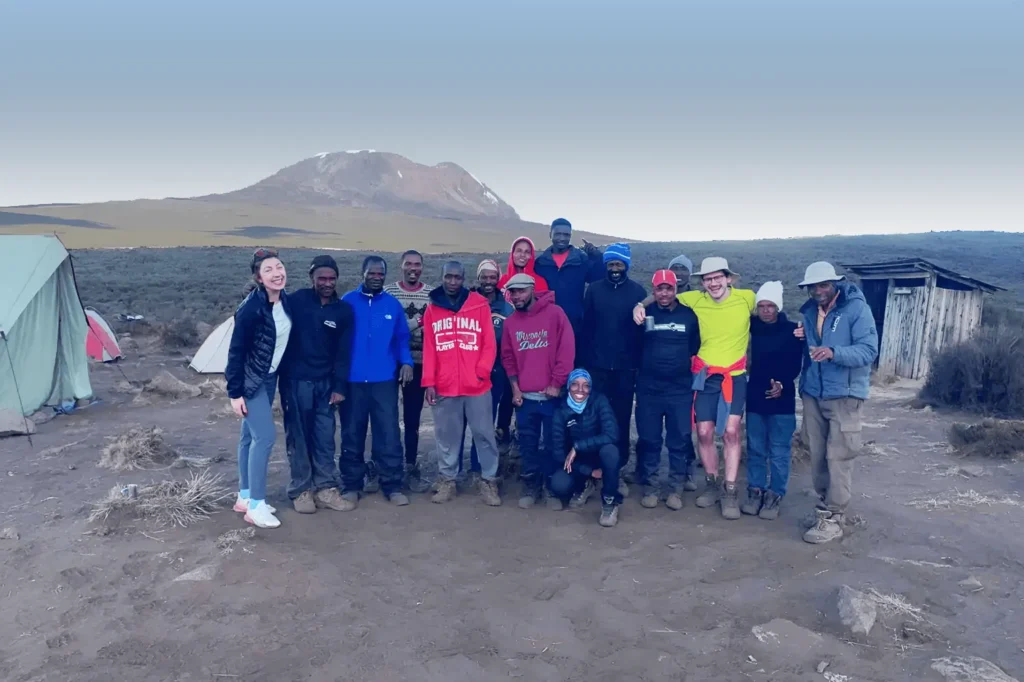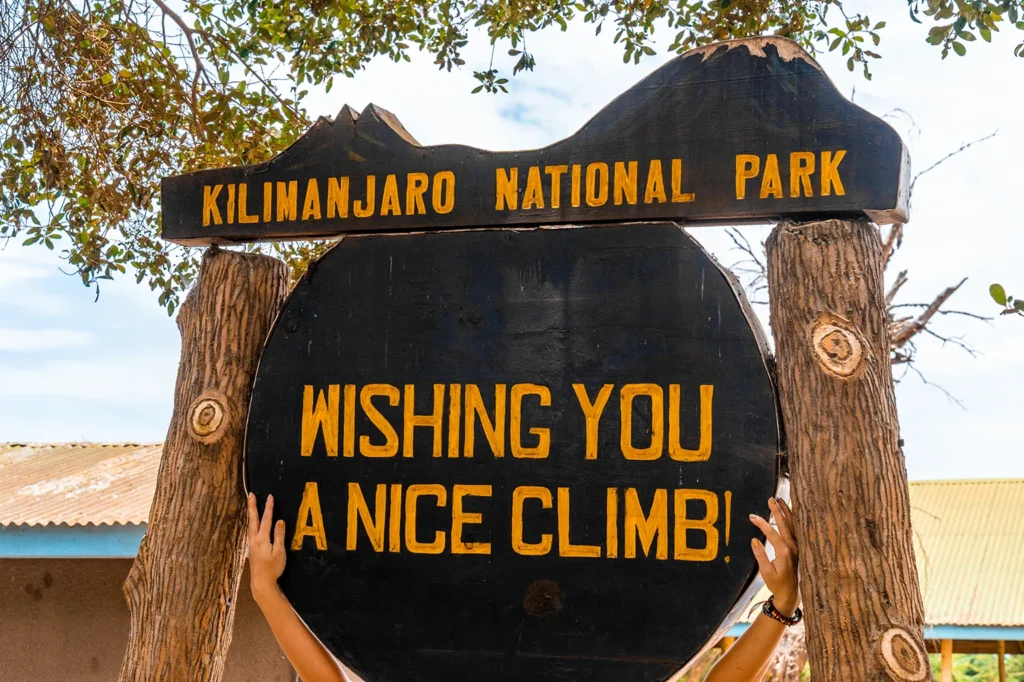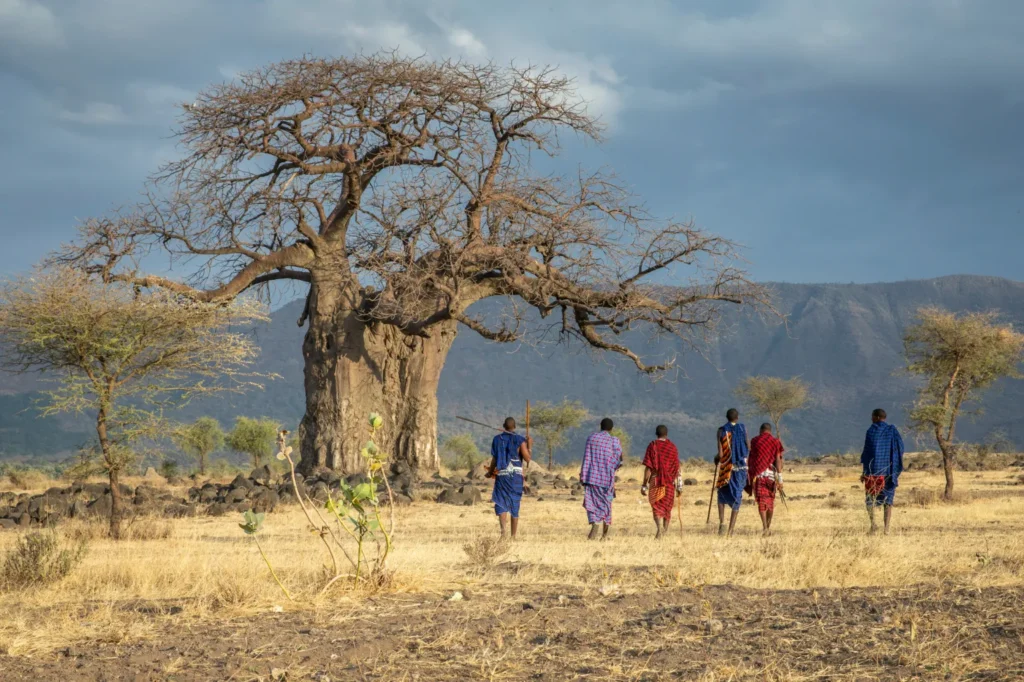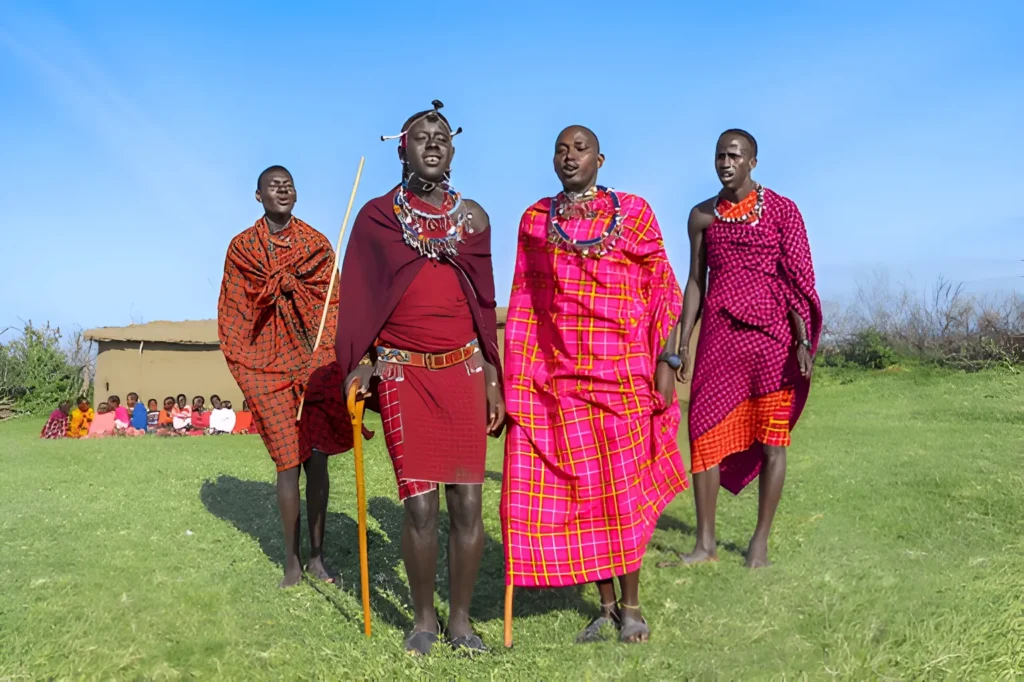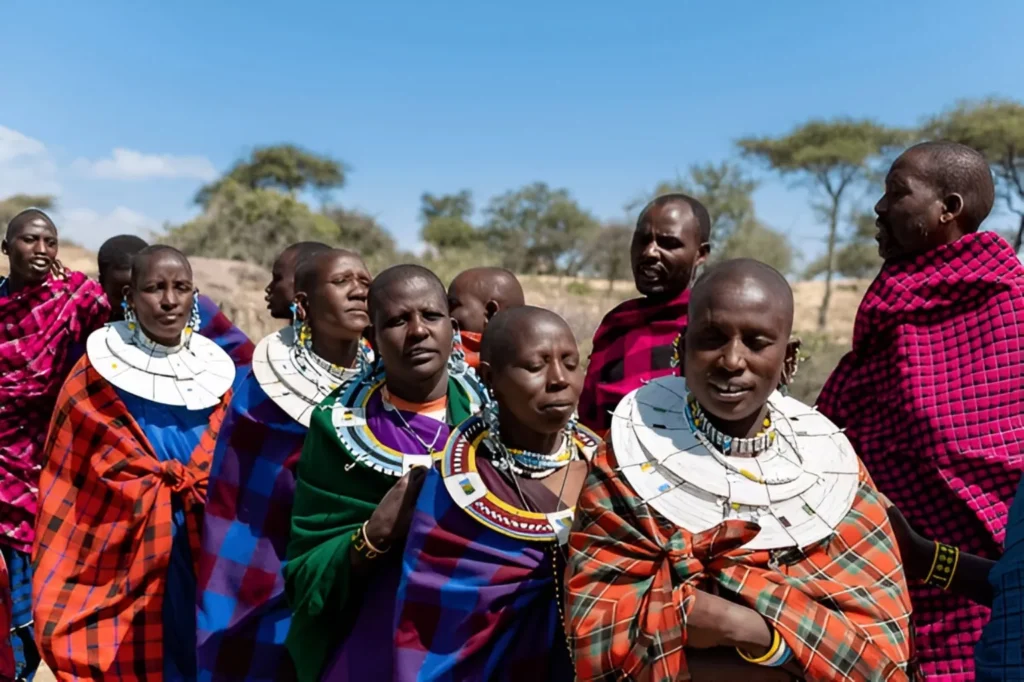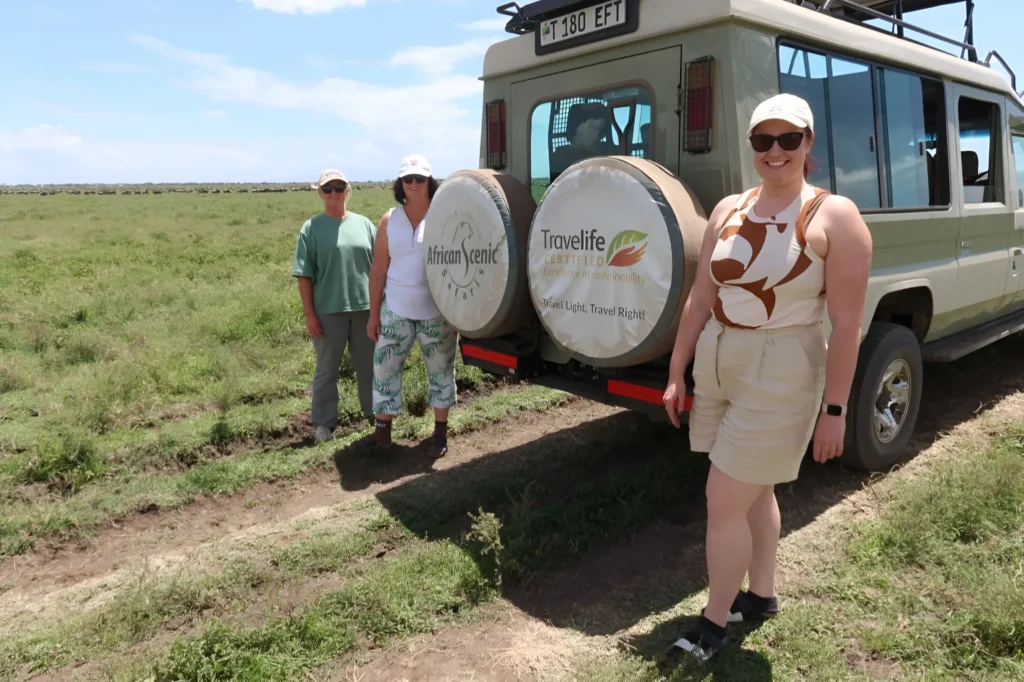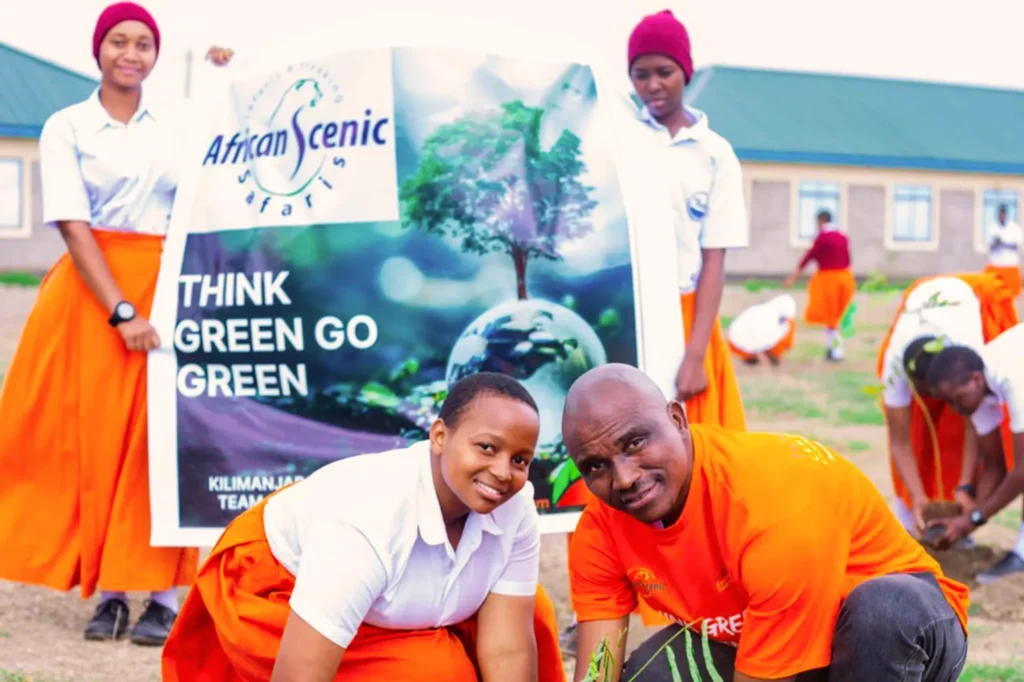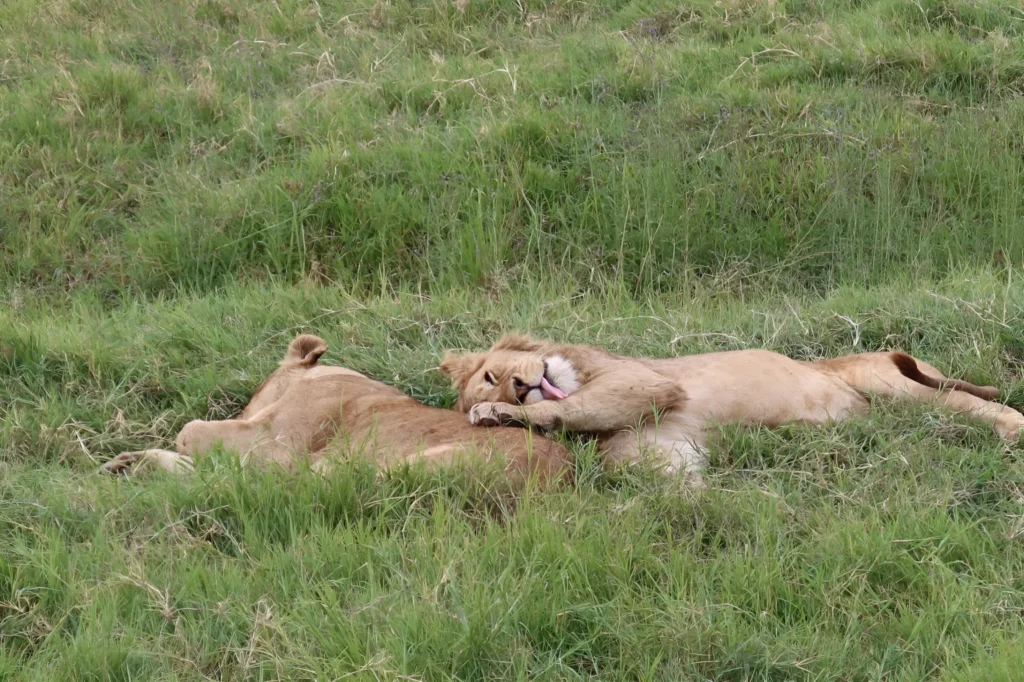As one of the UNESCO World Heritage sites and biosphere since 1981, Serengeti is a must-visit tourist destination when planning a Tanzania Safari.
This world-famous national park, home to the richest flora and fauna diversity, is the only place where you can experience the famous Great Migration Serengeti and the Big Five animals in action.
TRUSTED SOURCES OF TANZANIA SAFARI INFORMATION:
1. Tanzania Tourist Board (TTB): tanzaniatourism.go.tz
2. Tanzania National Parks (TANAPA): tanzaniaparks.go.tz
3. Ngorongoro Conservation Authority: ncaa.go.tz
4. WWF Tanzania: wwf.or.tz
5. Frankfurt Zoological Society (FZS): fzs.org
6. African Travel & Tourism Association (ATTA): atta.travel
For more about Tanzania, explore official tourism resources and trusted conservation organizations to discover authentic travel insights.
From Midrange Tanzania Safari Packages to Tanzania Luxury Safari, we have handpicked the 10 best Serengeti Safari Experiences that promise unforgettable wildlife encounters, stunning landscapes, and expert-guided adventures.

With 16 Years in the Tourism field, African Scenic Safaris has been the most dedicated Tanzania Tour Safari operator. From Itinerary, packing, booking, and tips, to activities to do, we are proud to serve you! As a Travelife-certified and KPAP-registered operator, we are committed to responsible tourism that supports communities and conservation.
Safari Cost & Budget Planning
When planning a Tanzania Safari, one thing’s for sure: the Tanzania safari Price will determine what type of experience you’re looking for when visiting the Serengeti National Park.
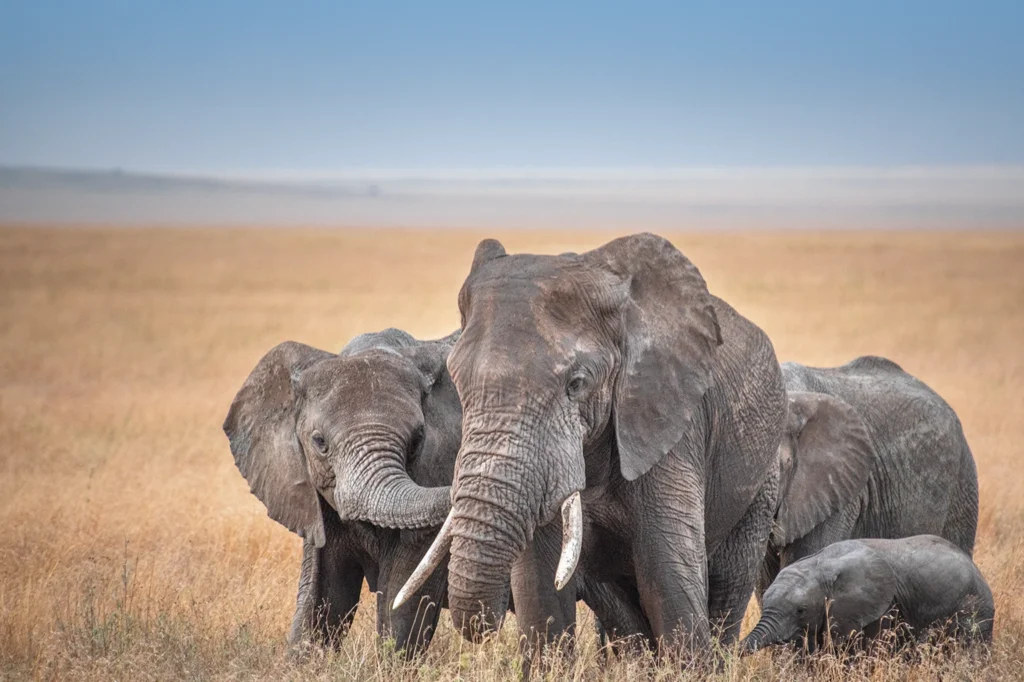
From our midrange and luxury Serengeti Safari Packages, each one comes with an immense variety of options you can choose depending on your budget.
Tanzania Serengeti Safari Cost Breakdown: Luxury Vs Midrange
In this section, we outline the prices and costs associated with planning your Tanzania Tour Safaris during your visit to the Serengeti National Park, depending on the packages you choose.
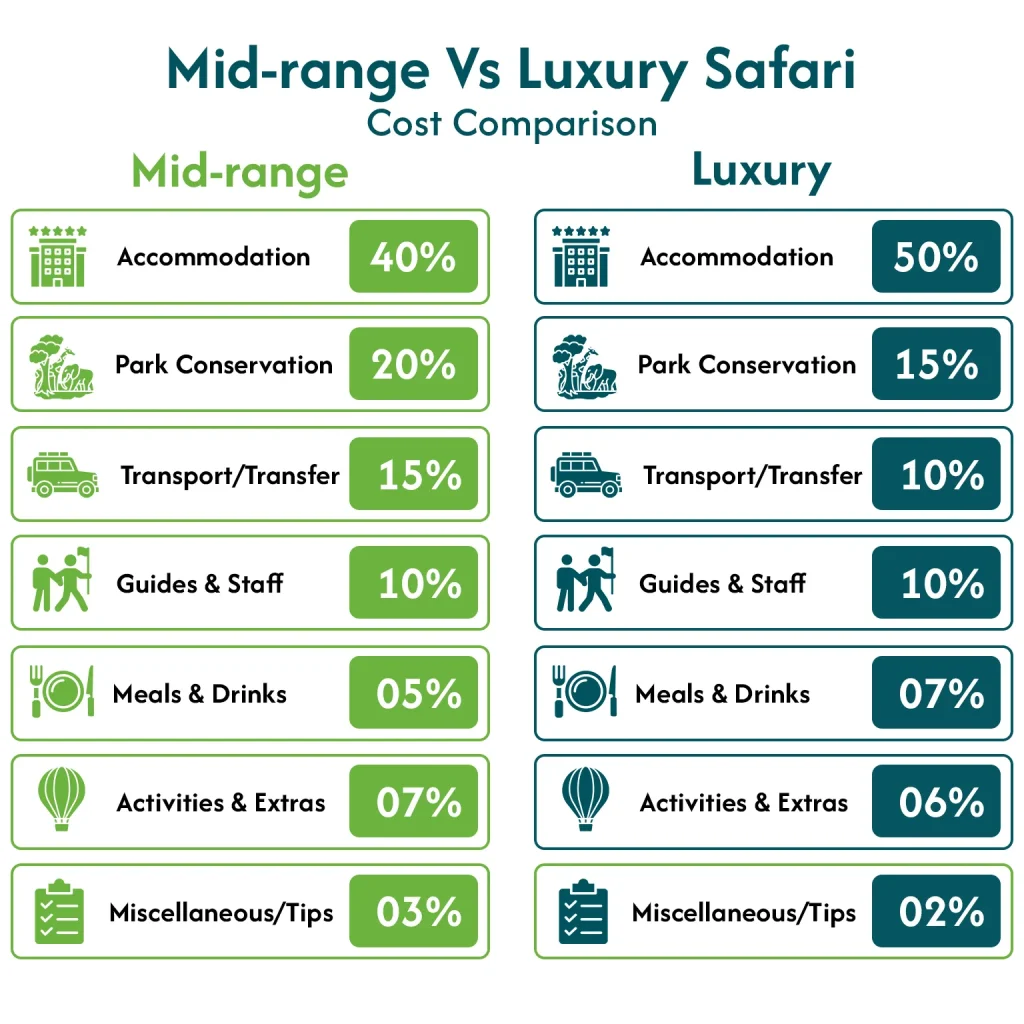
Serengeti Luxury Package
Indulge in one of the most exclusive safari gateways where luxury treatment becomes a traditional norm. From our classic eco-chic suites catered for you to the best Hot Air balloon Safaris that will leave you marveled. Trust us, nothing ever beats our one -of- a- kind Luxury Serengeti Safari Tours experience.
- The overall cost is around $600 to $1,500 per person per day, while it can cost about $1,400 to $6,000 per person to witness the Serengeti Wildebeest Migration alone. This includes Luxury lodges with crisp line king-size beds, private guides, exclusive vehicles, and fly-in options.
- You will also get a chance to experience add-on activities like private dining and, hot air balloon safari through the Serengeti’s vast landscape.
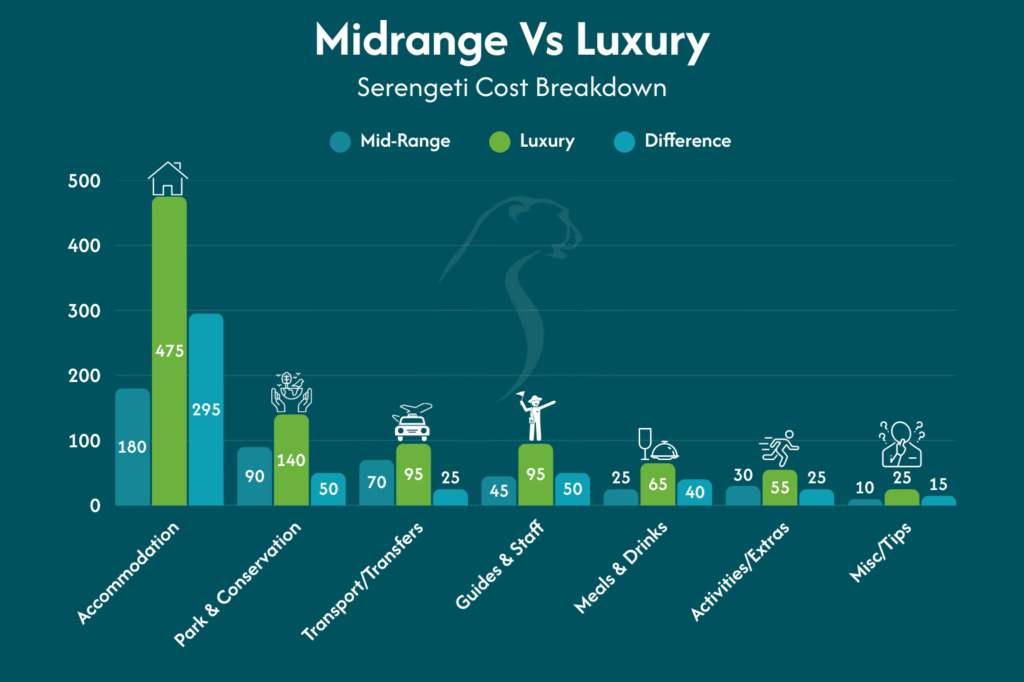
Serengeti Midrange Package
Is the luxury package unfit for your budget? Do not worry, the midrange package is a suitable option for you to experience your dream without breaking the bank.
- The price ranges from $250 to $450 per person per day. Accommodation delivered in style, with our tented camps and lodges bringing you closer to nature and the beautiful wildlife and plants found in the Serengeti ecosystem.
The Tanzania safari Cost varies greatly depending on what type of package you aim for. See this article for more Tanzania Serengeti Safari Cost Breakdown – Luxury vs Midrange to get the best insights on what to choose when planning your dream safari.
Safari Itineraries and Routes Included
You have wondered about how long it takes to reach the Serengeti? There is much to see during the Tanzania Safari, with numerous parks to choose from, and it can be overwhelming to know where to start.
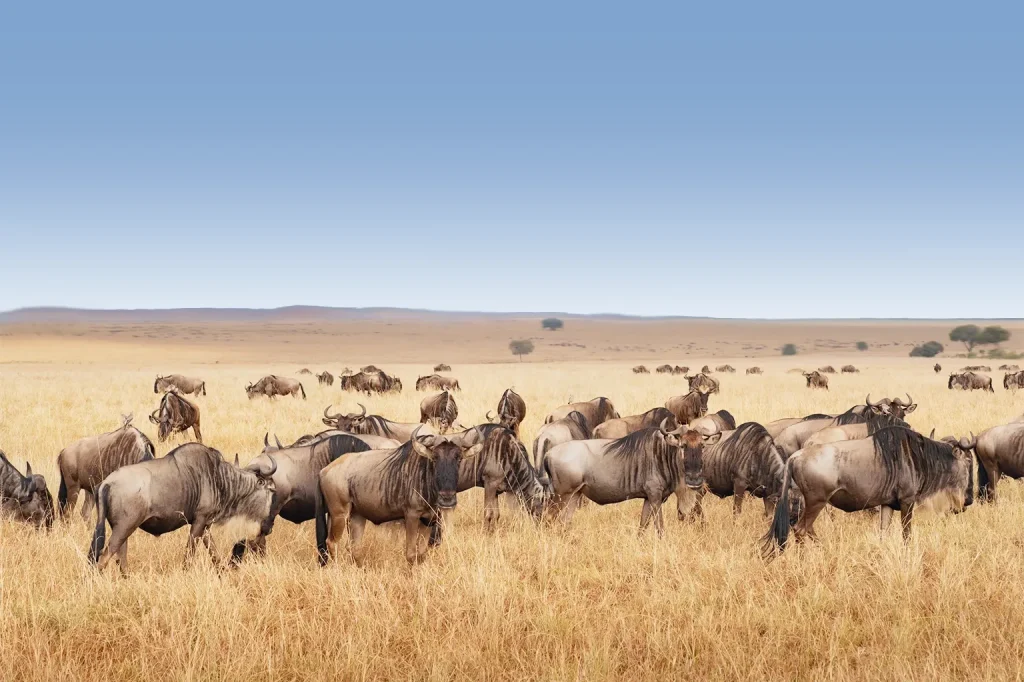
Here is what a 10-day route across Tarangire’s elephant herds, Ngorongoro’s crater floor, and the endless plains of the Serengeti looks like.
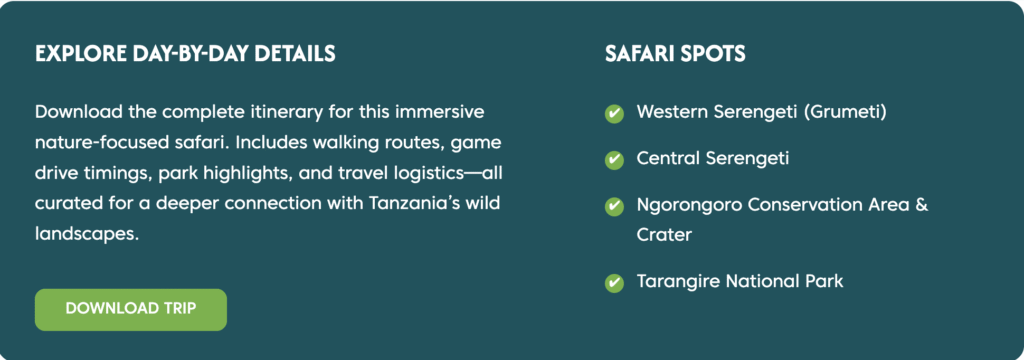
Note: According to TANAPA, Serengeti National Park can be accessed by road and air (source: Serengeti National Park).
Discover our detailed guide on the 10-Day Serengeti Safari Packages with Ngorongoro & Tarangire to explore unforgettable wildlife adventures across Tanzania’s most iconic destinations.
Ready to start your Serengeti safari? Our local tour guide experts are prepared to assist you. For a better personalized plan, contact African Scenic Safaris to plan your itinerary today!
Serengeti Wildlife
Serengeti, being a world heritage site, tells us a story, a story of flora and fauna that can’t be found and seen elsewhere in the world. From the Great Wildebeest Migration, with the Big Five in sight, the Serengeti offers a great deal of wildlife adventure.
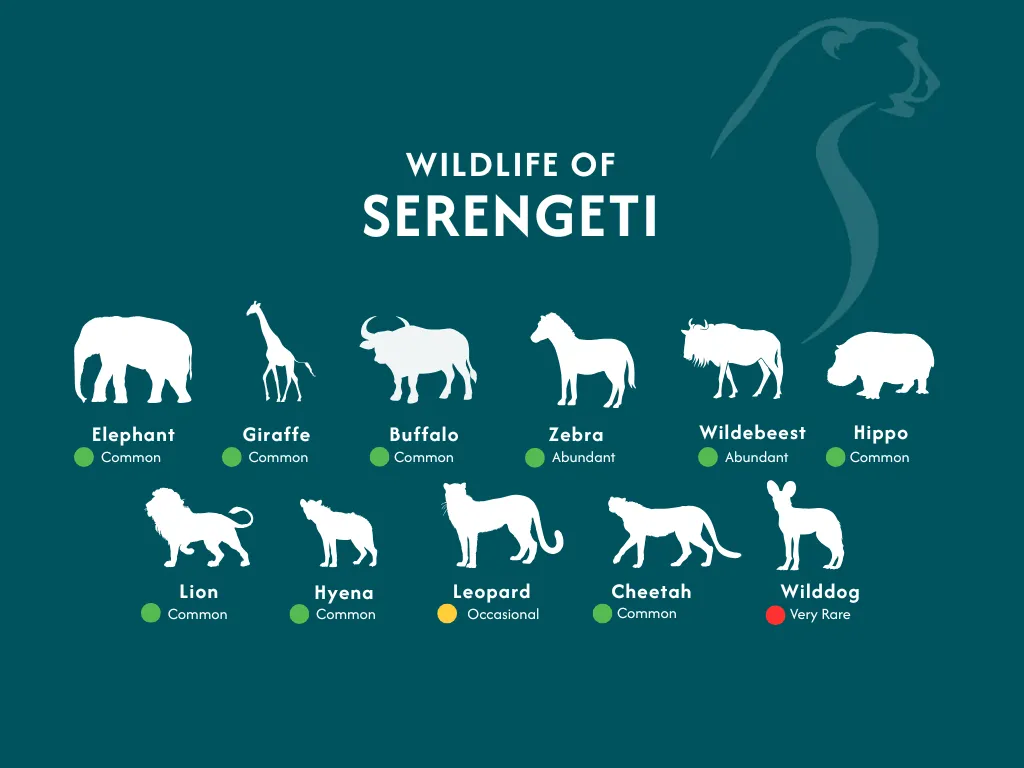
The Great Migration
The Serengeti Wildebeest Migration is a phenomenon in which over 1.3 million wildebeest migrate across the Serengeti plains in search of food and water, creating patterns that are both interesting and intriguing to observe.
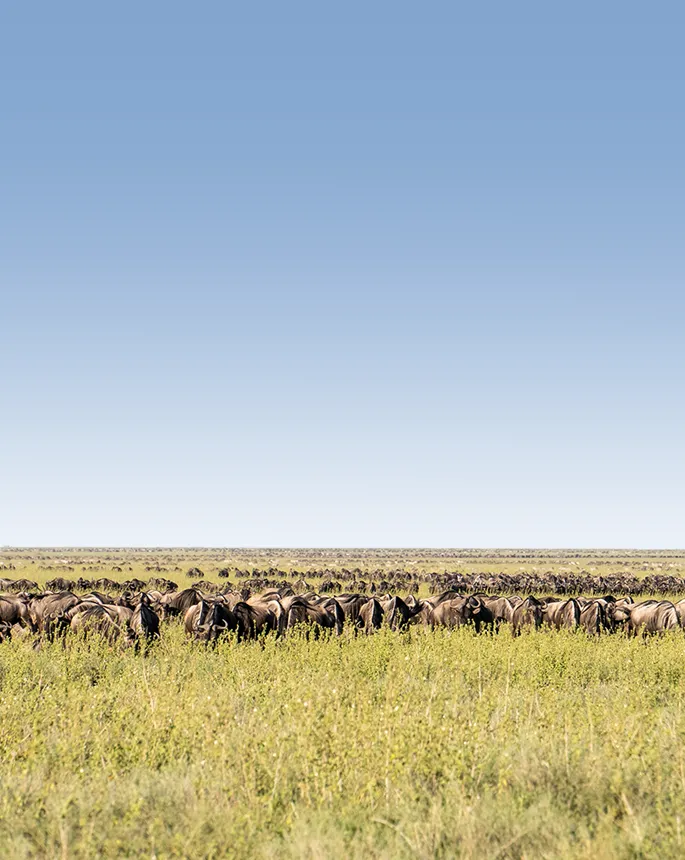
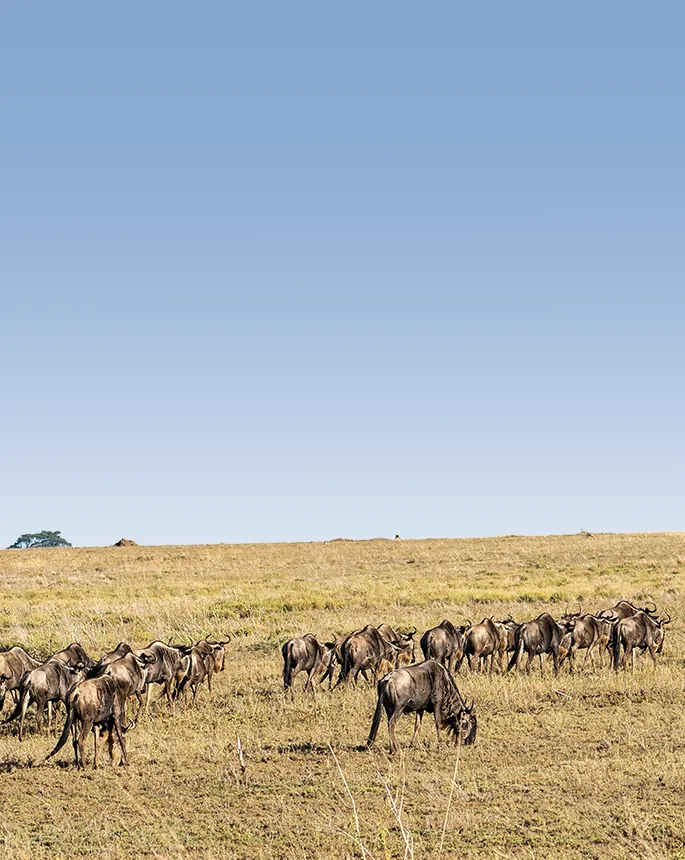
The wildebeest, accompanied by large numbers of zebra, and smaller numbers of Grant’s & Thomson’s gazelle, eland, and impala, with an annual pattern seeking fresh grazing and water. (Source: Serengeti National Park )
A dramatic moment to witness is every safari lover’s dream, one of the must-see things to do when you visit Serengeti, a one-of-a-kind experience that will leave you with an unforgettable memory.
After deciding on and choosing The Best Time to See the Great Migration in the Serengeti, you can definitely start your dream safari.
Here is a YouTube video link taken from the amazing Serengeti showcasing a glimpse of what the Great Migration looks like.
Largest number of Herbivores and Carnivores
The Serengeti has the largest number of Herbivores, comprising more than 28 species, including wildebeest, buffalo, and zebras. Big cats such as cheetahs, lions, and leopards are also found in large numbers, as are hyenas. Imagine getting a chance to see “Mufasa” and “Pumba” in real life – what a dream, right?
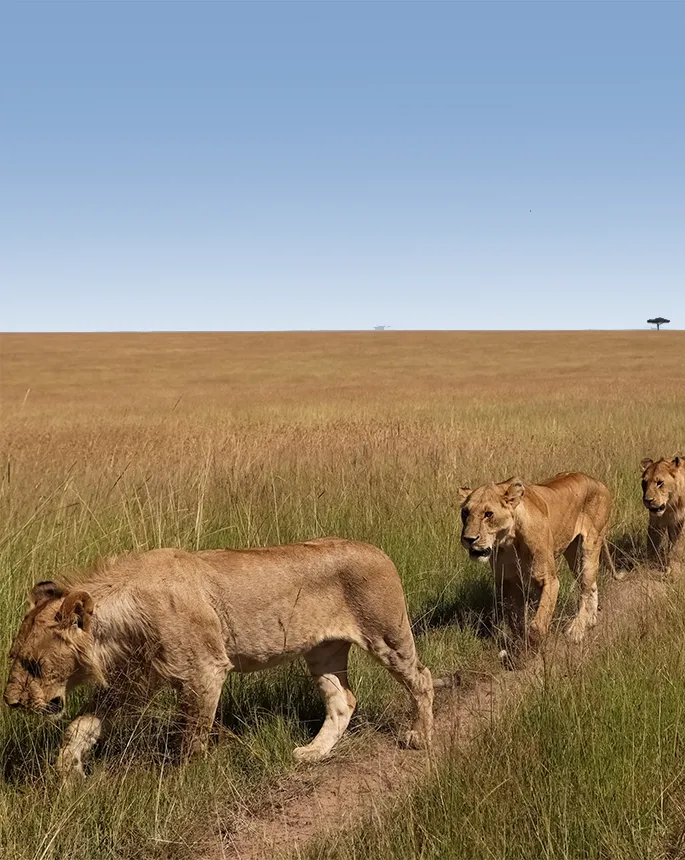
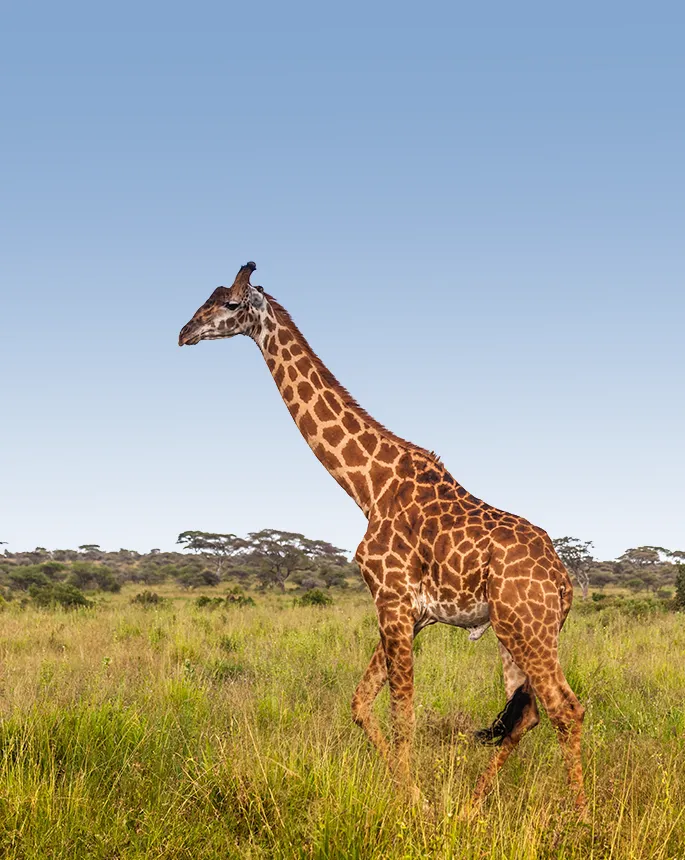
Birdlife ecosystem
There are more than 530 bird species found in the Serengeti. If you’re a bird lover, then Serengeti is exactly right for you. Here you can see different types of birds from various parts of the world, creating a beautiful bird paradise ecosystem.
Some of the species commonly seen are European and Abdim’s storks, Eurasian Roller, Barn Swallows, Fish & Martial Eagles, etc. (source: Serengeti National Park)
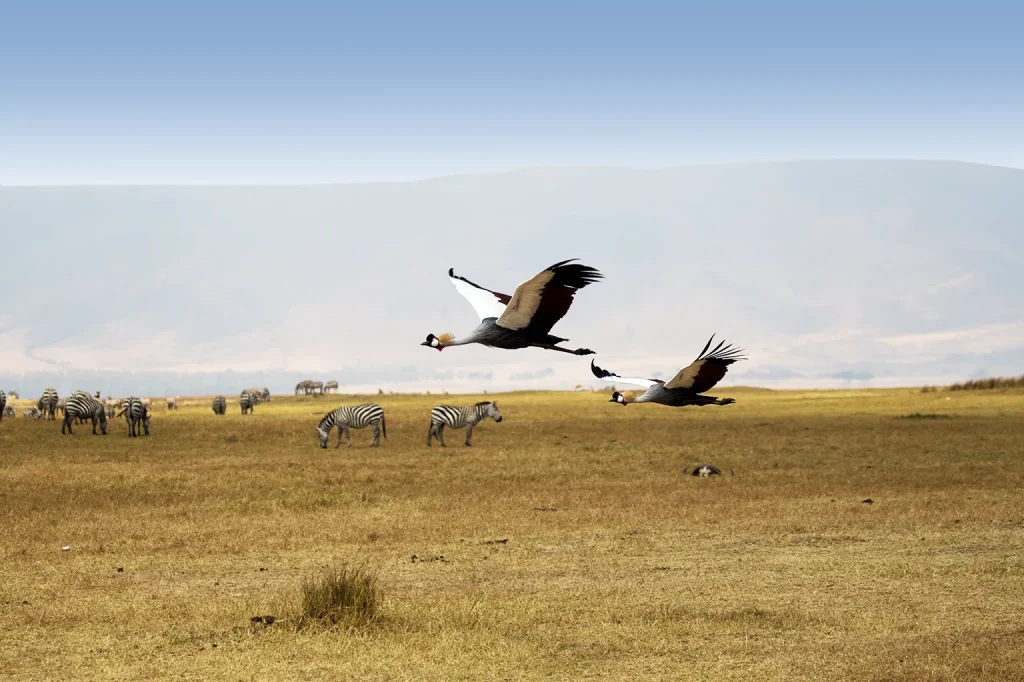
Get closer to nature with African Scenic Safaris, taking you on a lifetime Tanzania Safari Experience while you’re on the endless plains of the Serengeti, choosing the Luxury Safari Package tailored to fit your needs!
A Packing List for your Tanzania Safari
So far, we’re sure you‘ve been somehow convinced, and you have already started planning a Tanzania Tour Safari, and the Serengeti is already on your mind. But you might have questions like what should wear, do I need this, and so that. Well, African Scenic Safari has a list tailored just for you.
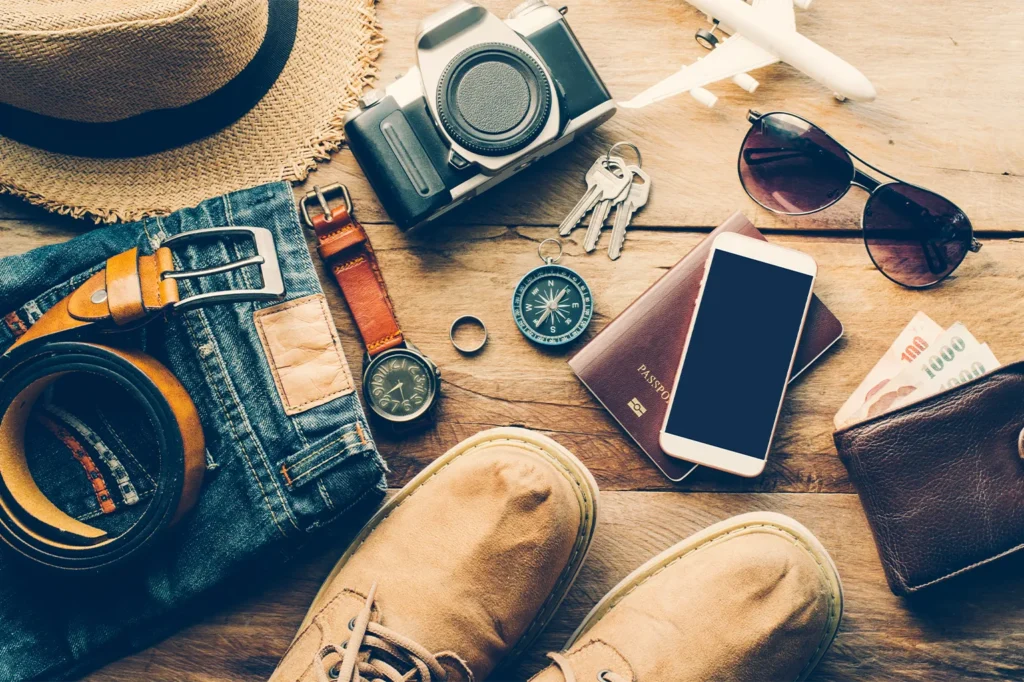
Guide’s Tip: When you’re in Serengeti, you can also have “Walking Safaris”, ultimately the best way to experience nature, you don’t just see from far but get the opportunity to be part of it, accompanied by an armed Park Ranger.
When you do not know what to pack, the safari planning process can be tiresome. However, African Scenic Safaris provides you with the essential Safari Packing List Tanzania.
Our latest blog, ‘What to Pack for a Serengeti Safari in Tanzania’, will guide you with all the essentials needed for a comfortable and unforgettable safari experience.

How to Book a Serengeti Safari Tour from the USA
So, you’ve decided to give a Serengeti Safari Tours a shot, but you don’t know how to get started, how to get there, or which safari tour operator to trust?
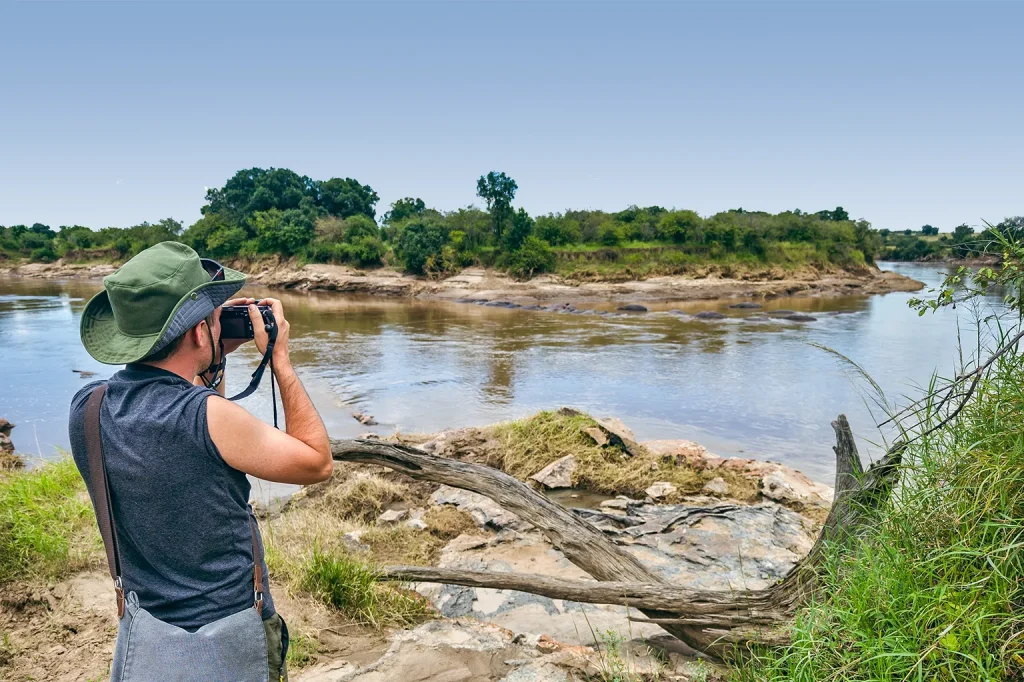
The good news is that African Scenic Safaris has got you covered, the number one Tour operator in Tanzania. This is a step-by-step guide on how to book your Serengeti Safari.
Step 1: Research for your Tour Operator
Researching a legitimate safari operator is crucial, as it involves identifying your chosen safari type and budget and shortlisting them based on the criteria you’re looking for, such as prices, itinerary, and inclusions.
Step 2: Contact Tour Operators
Reach out to the shortlisted operators with any questions you may have. Inquire about specific details, such as Itinerary specifics.
Step 3: Confirm Availability
Once you have decided on an operator, confirm the availability of your preferred dates. During popular times and high seasons, securing a tour operator can be quite challenging, as it is the busiest time for planning safaris.
Book with African Scenic Safaris today and get the best out of your Serengeti Dream Safari.
Step 4: Visa Application
If you’re a US citizen, then you’ll need a Tanzania Multiple Visa.
The application can be done online through the Tanzania e-Visa immigration portal. The fee is 100$ with a validity of 1 year. You can also get it upon arrival at airports like JNIA in Dar es Salaam or KIA in Kilimanjaro.
For Visa application guidelines and requirements, visit the Tanzania eVisa Migration Portal
Step 5: Book your Flight
You can fly from the USA to Dar es Salaam through the Julius Nyerere International Airport (JNIA). If you plan on exploring the busy city of Dar es Salaam, then take another flight to Kilimanjaro International Airport (KIA).
If you want to cut to the chase and dislike long travels, then you can take a direct flight to KIA if visiting Dar was not part of your plan and budget.
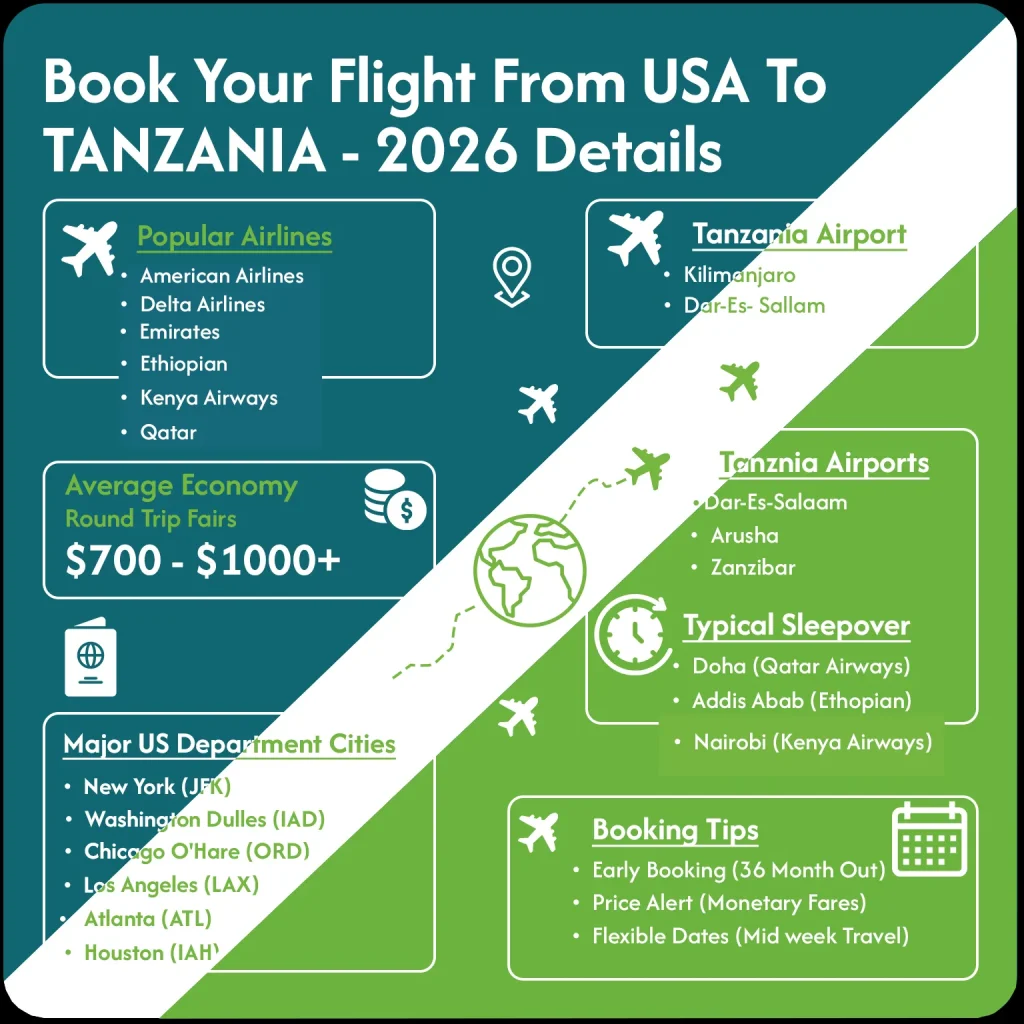
Authors’ Note: Major airlines such as Qatar Airways, Turkish Airlines, KLM, and Ethiopian Airlines have direct routes to Kilimanjaro. Book early to get the best rates.
Step 6: Pack and start your journey!
Don’t forget the essential things that you’ll need for your journey, especially that camera for taking photos and beautiful memories you’re about to make on your Serengeti Safari.
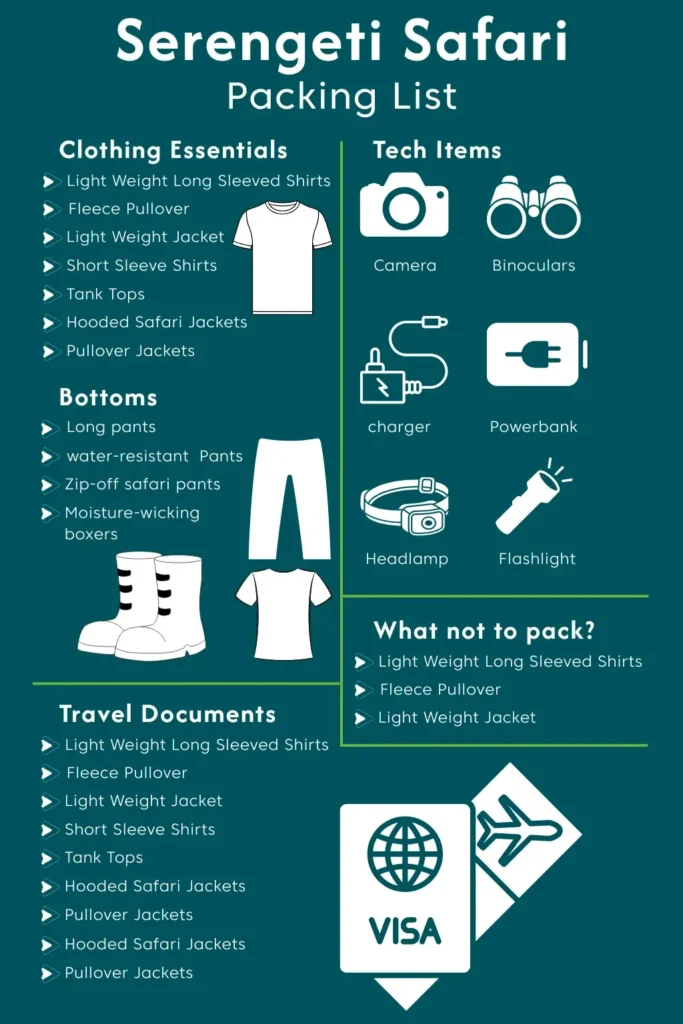
Are you planning to come and explore the Serengeti? Press the link to see How to book a Serengeti Safari Tour from the USA!!!
Are you ready for a Tanzania Safari adventure?
With African Scenic Safaris, your dream Tanzania Safari is just one booking away. Get ready to have an unforgettable safari experience of a lifetime. From our range of Safari packages, having the best experience is a must!
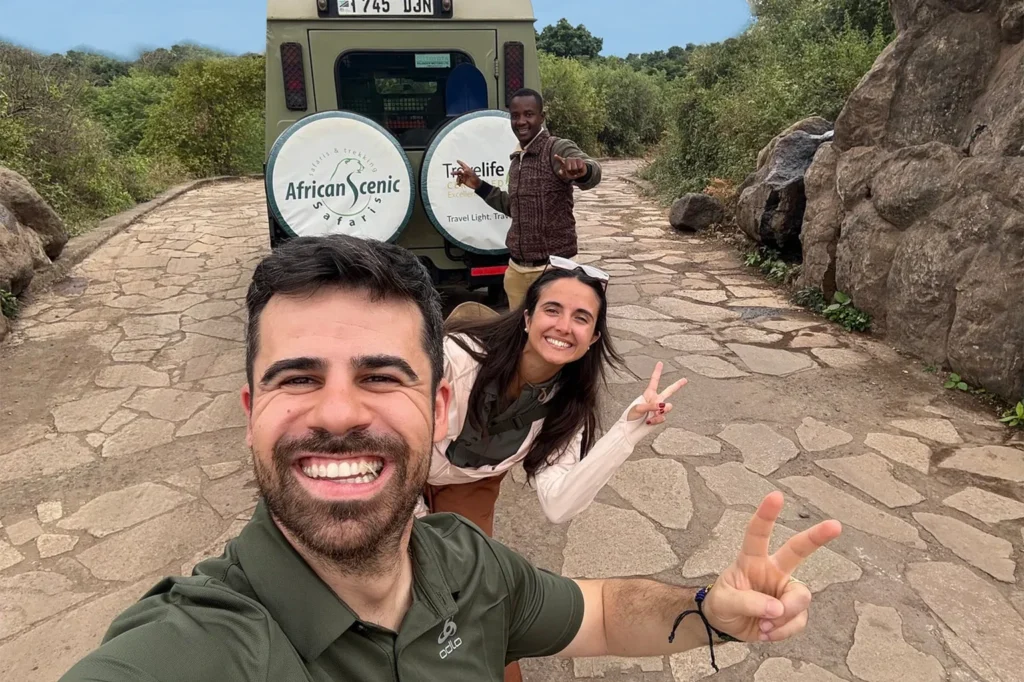
Get closer to the Serengeti ecosystem, explore the best flora and fauna with breathtaking views and scenery like no other. From the “Great Migration” to the Hot Air Balloon experience, the best luxurious, heartwarming Tanzania Tour Safari.
Apply for that Visa, book that flight, because your best Serengeti adventure awaits you. Welcome to African Scenic Safaris, Welcome to Serengeti, Welcome to Tanzania!


